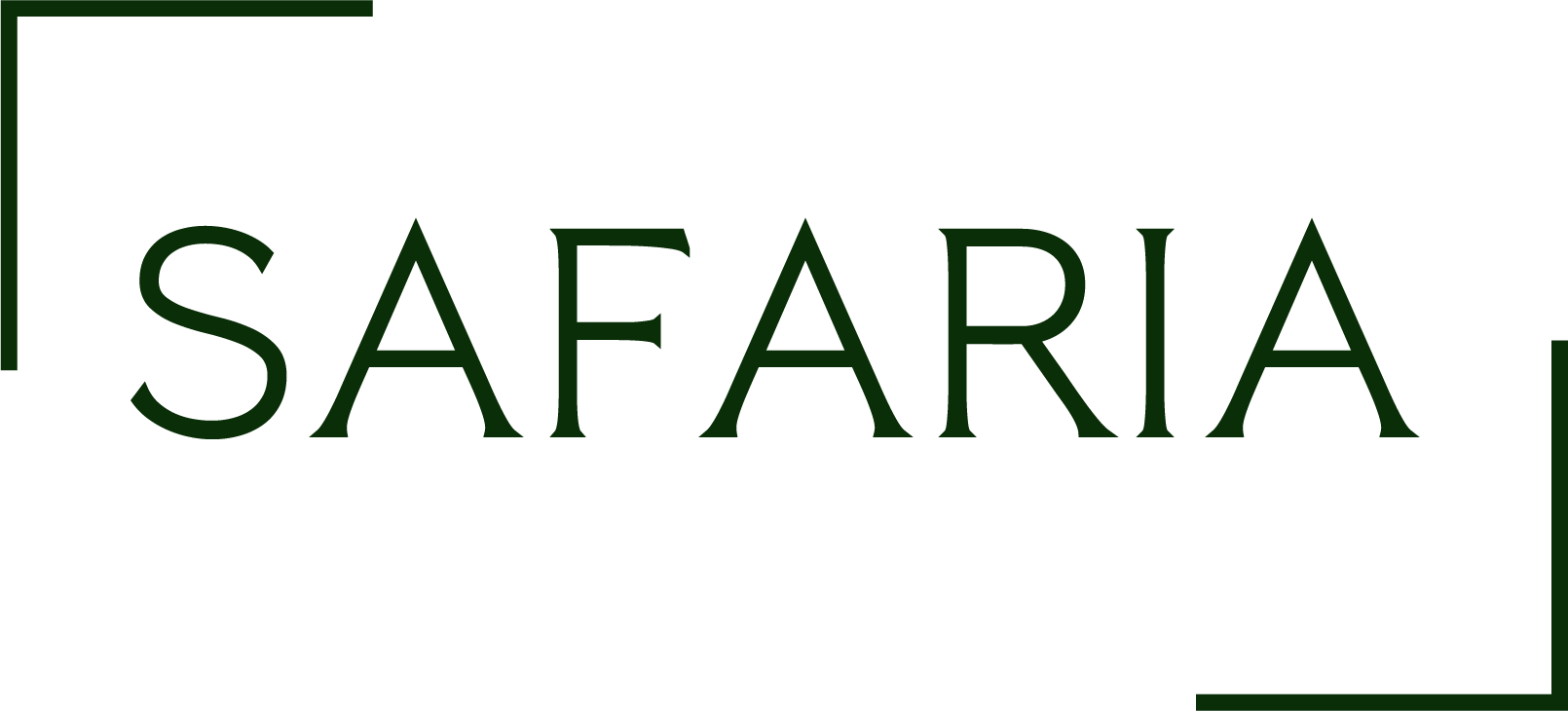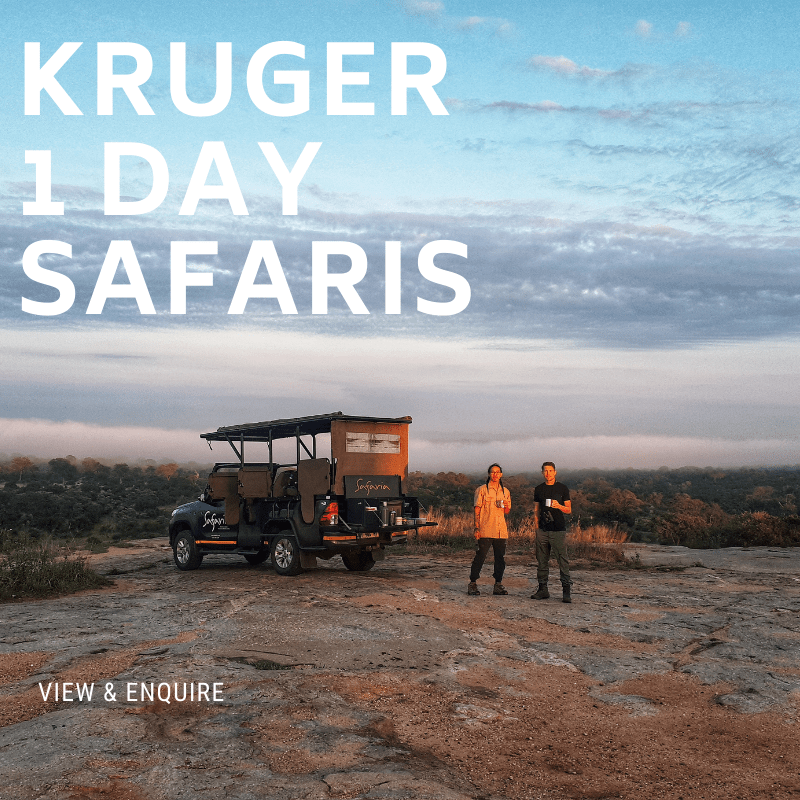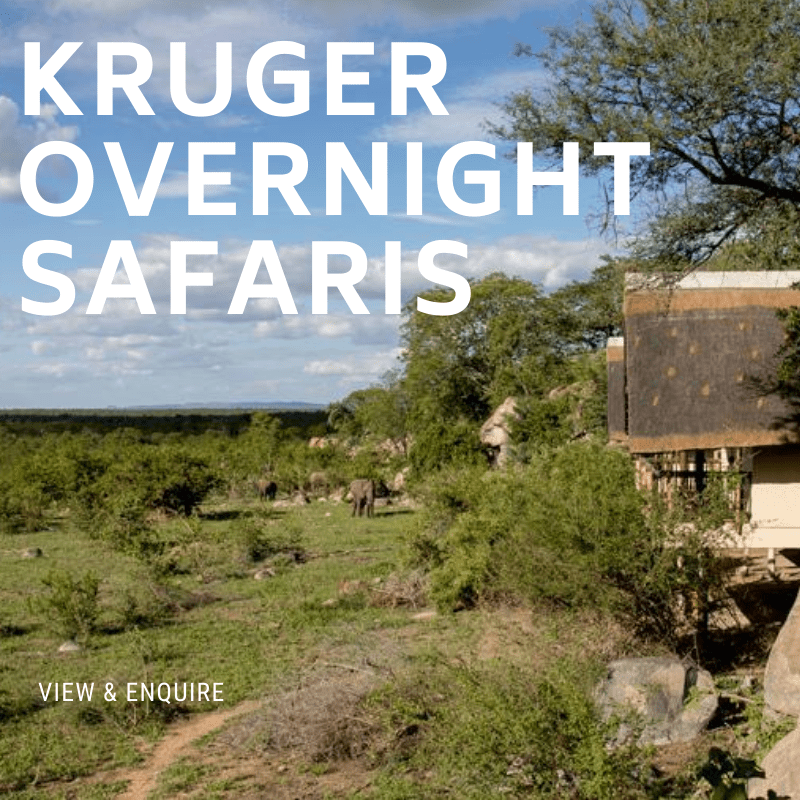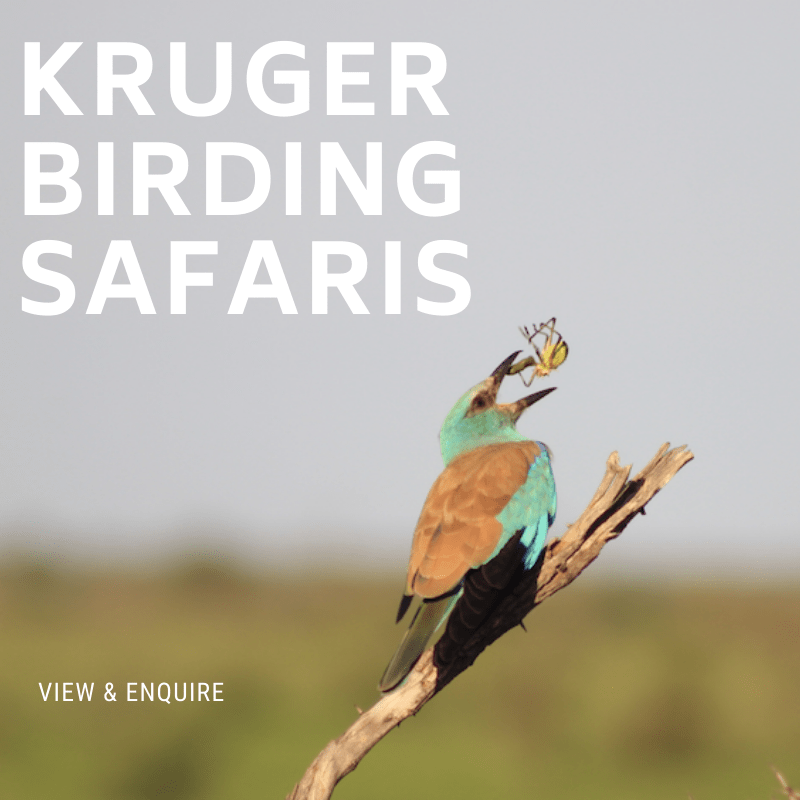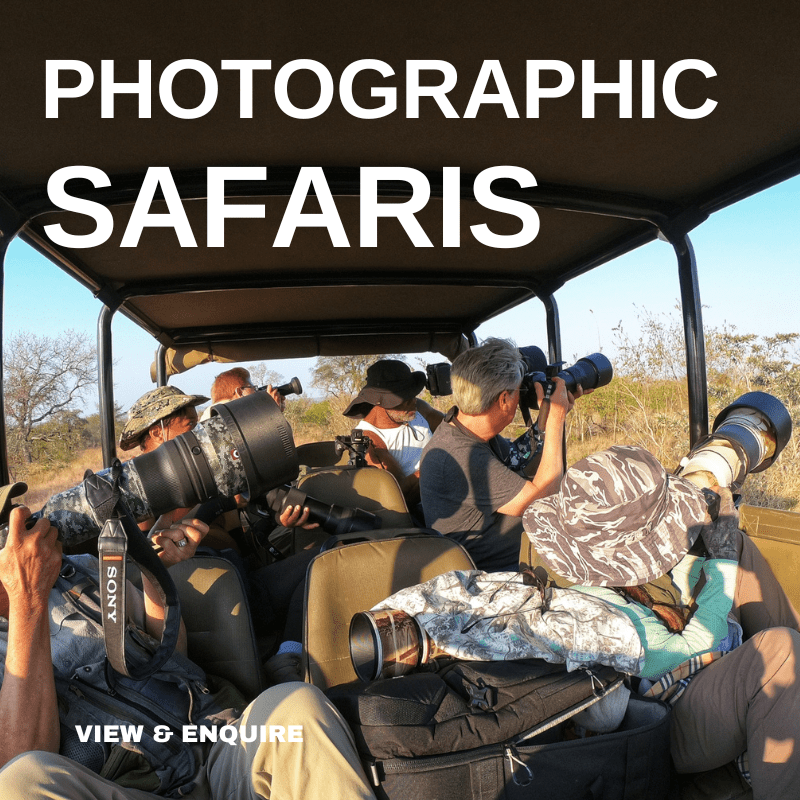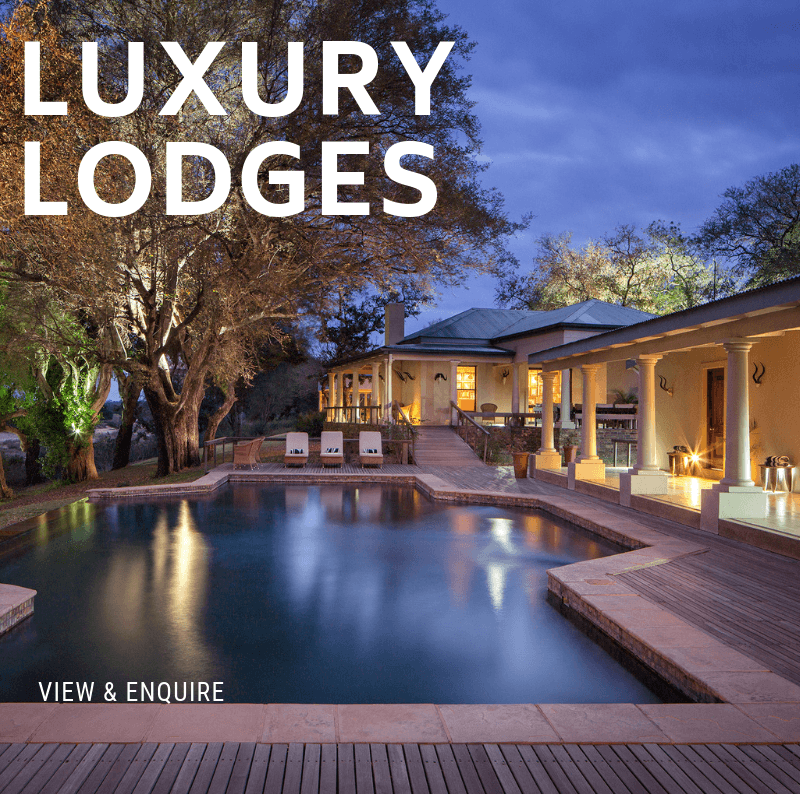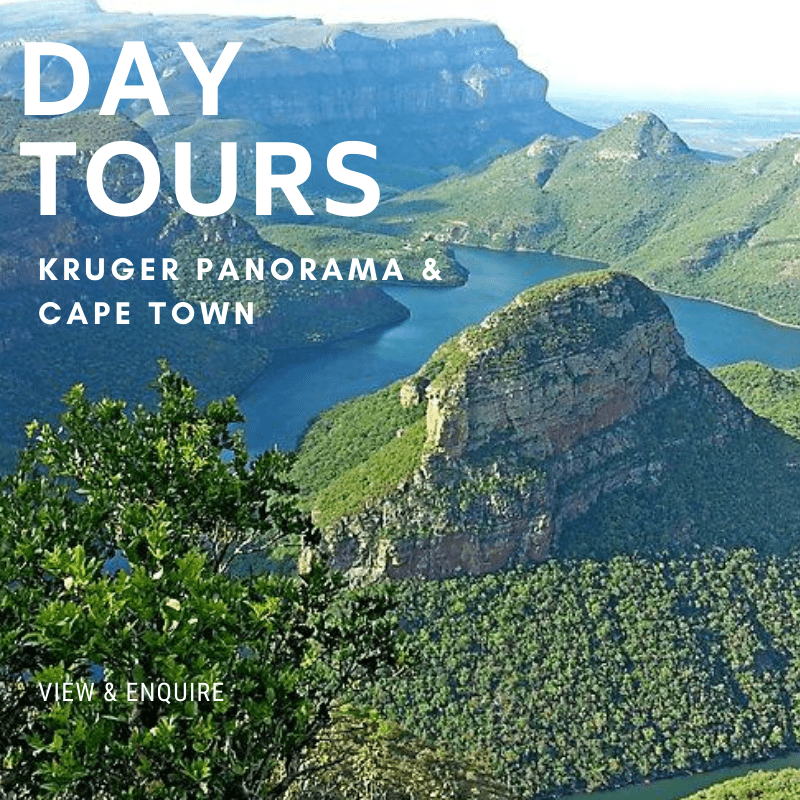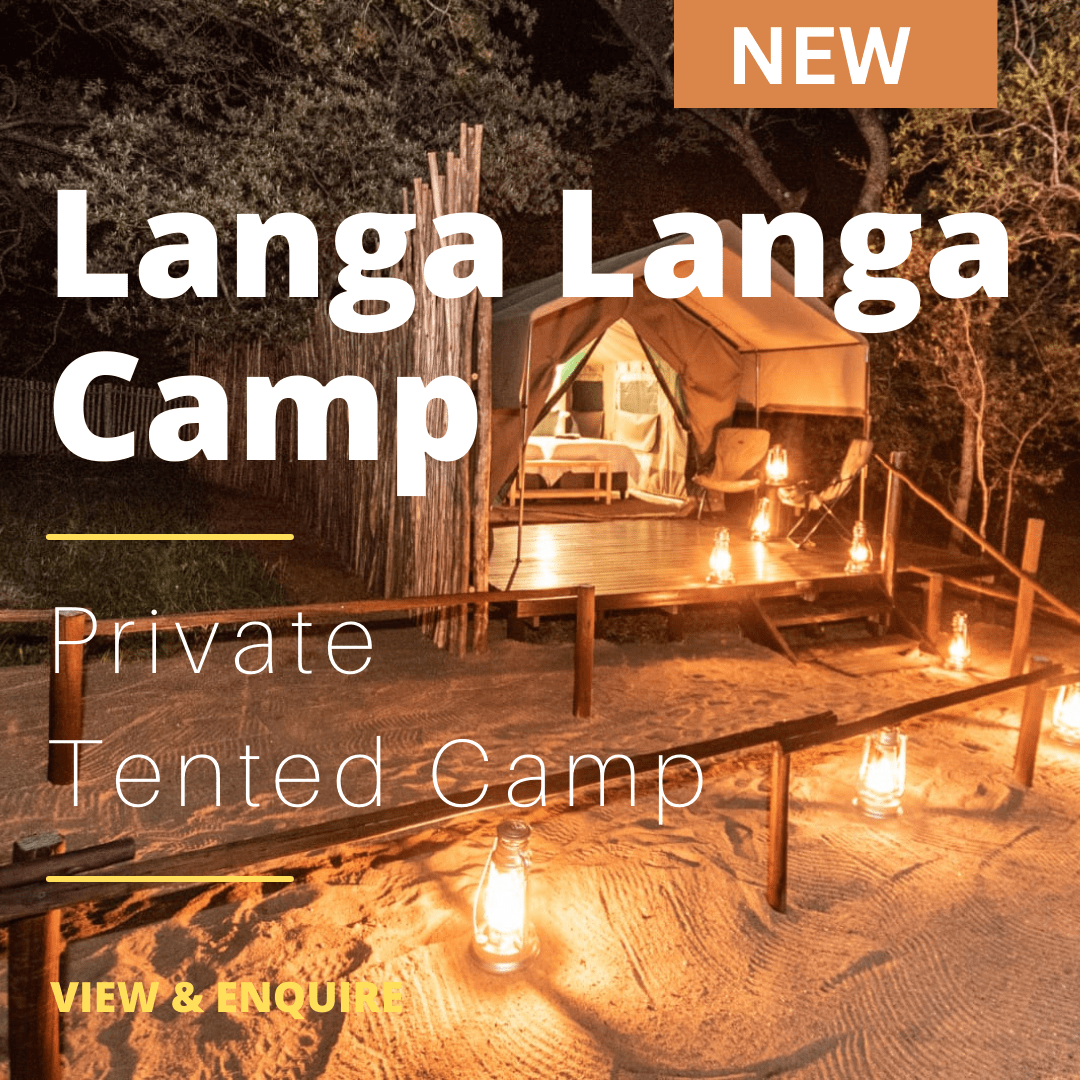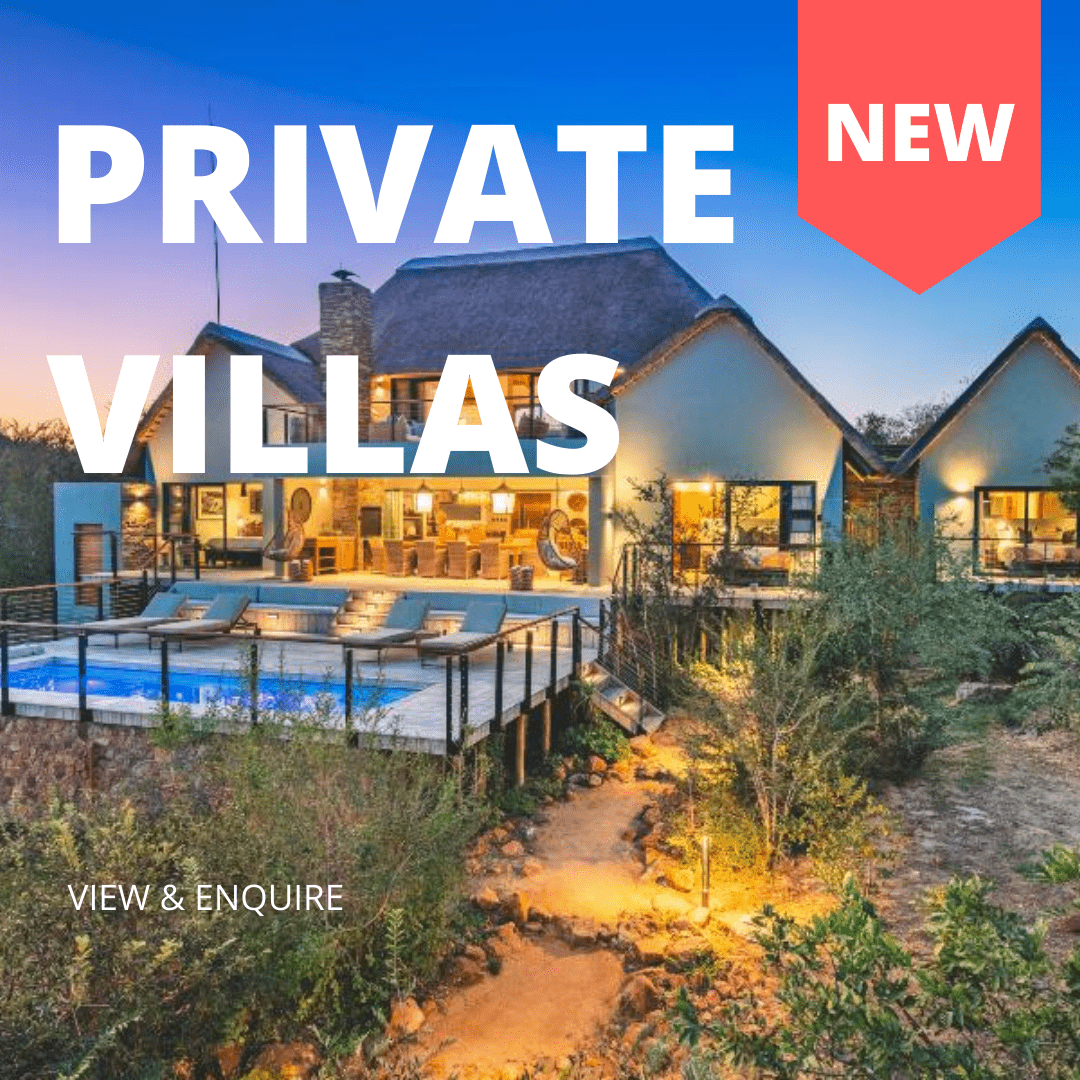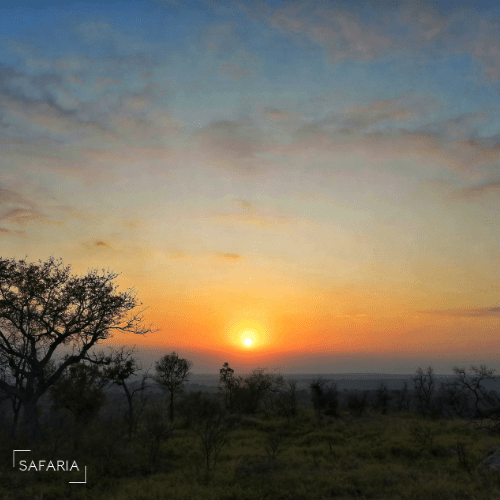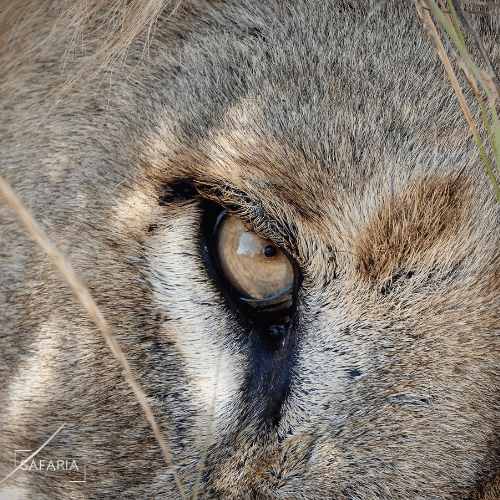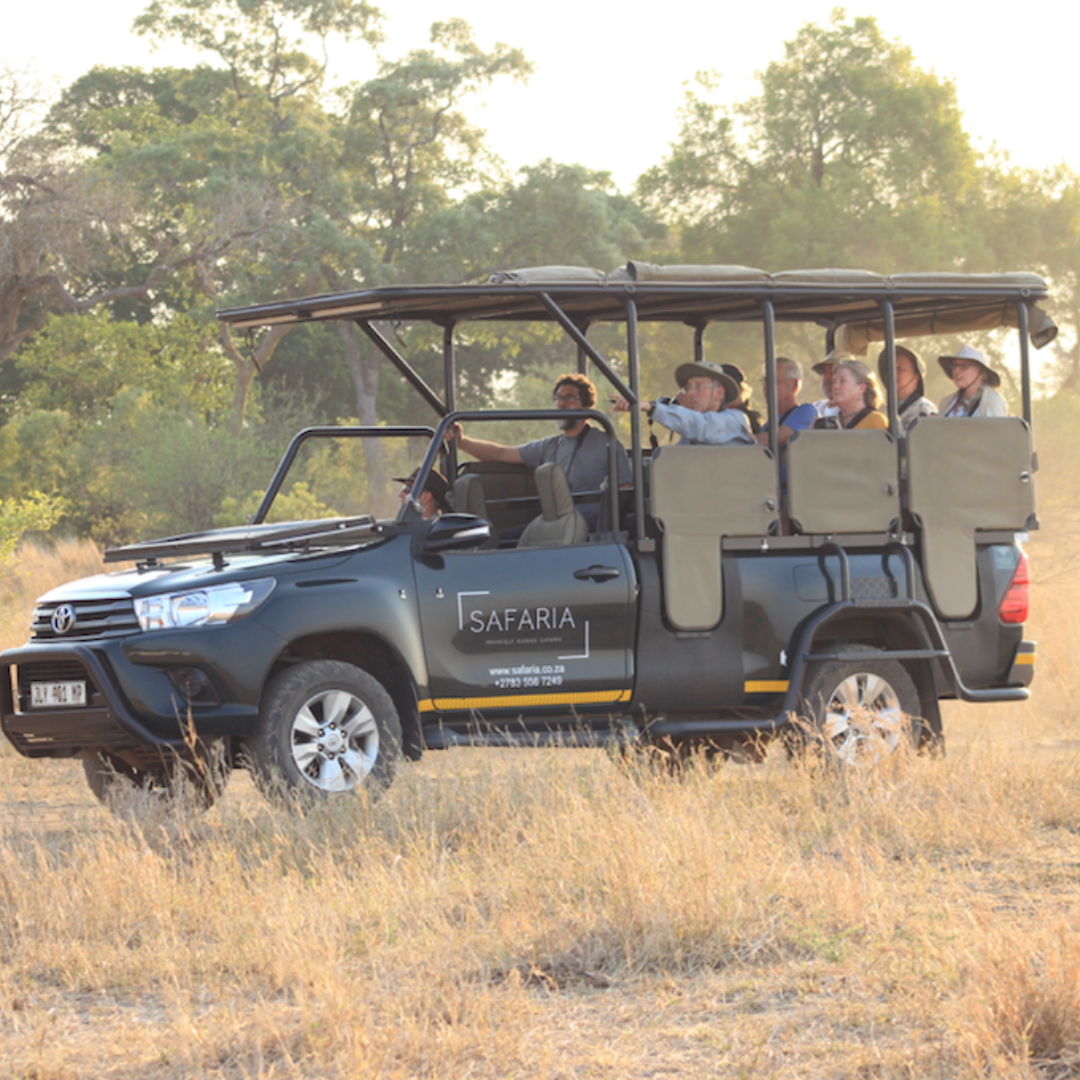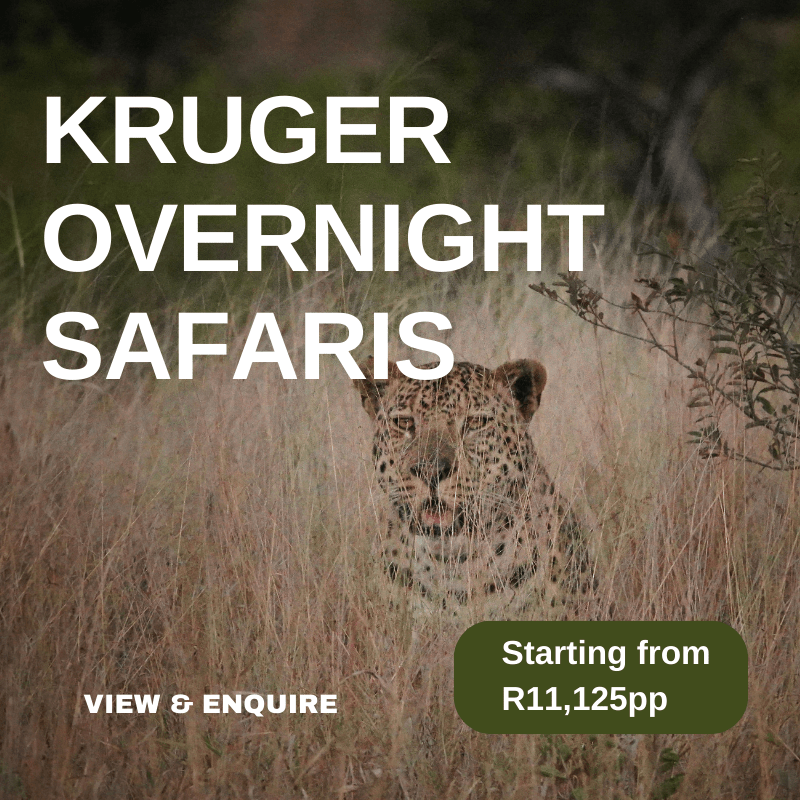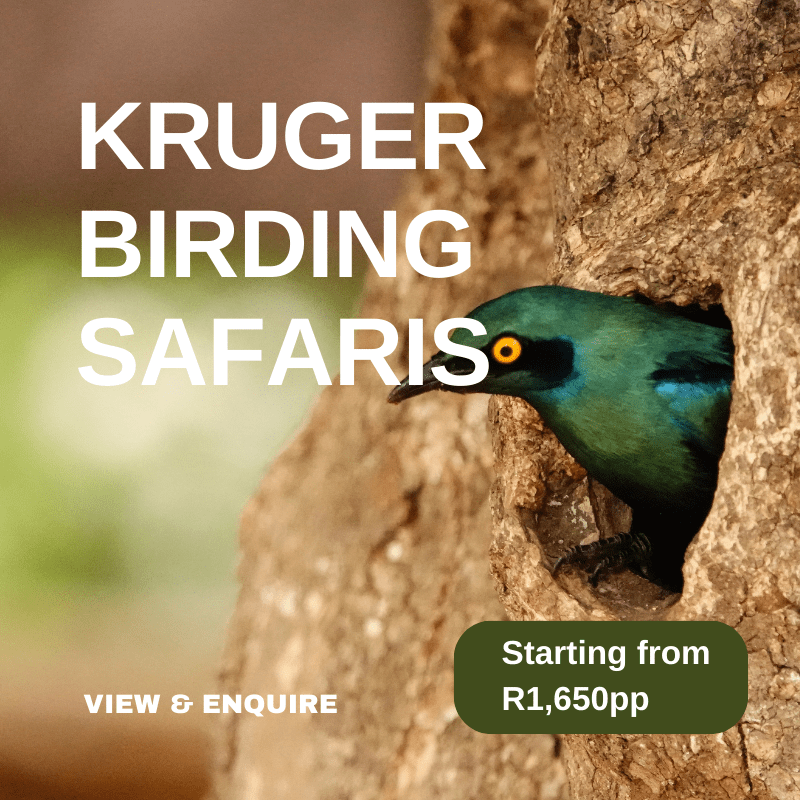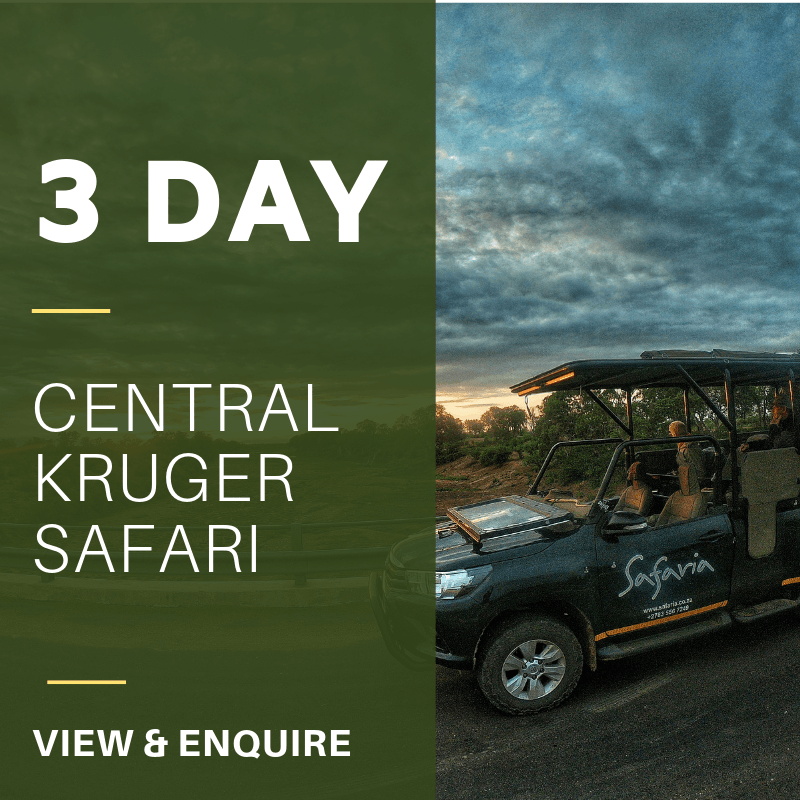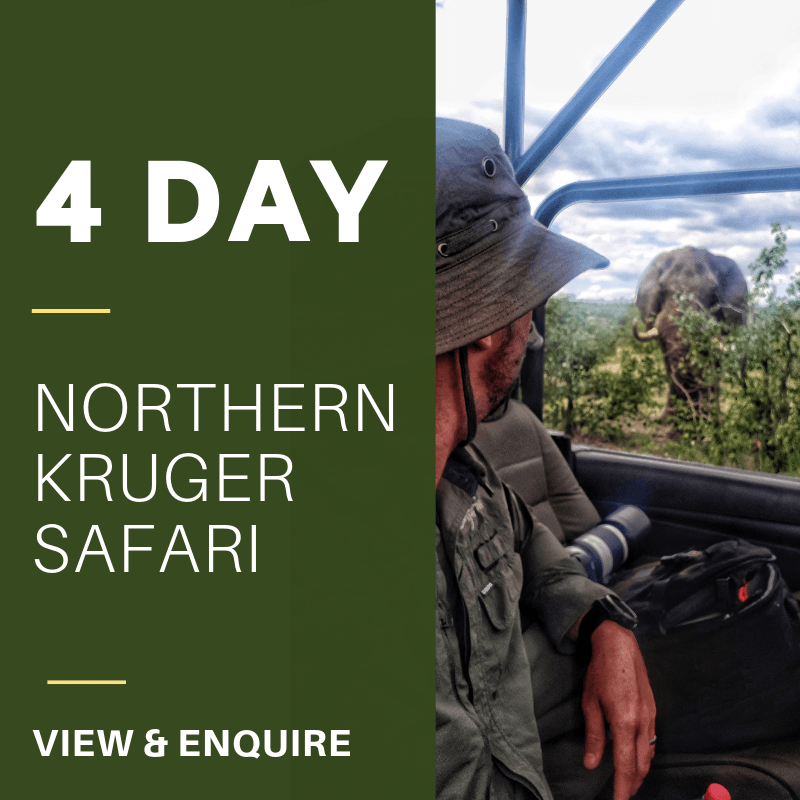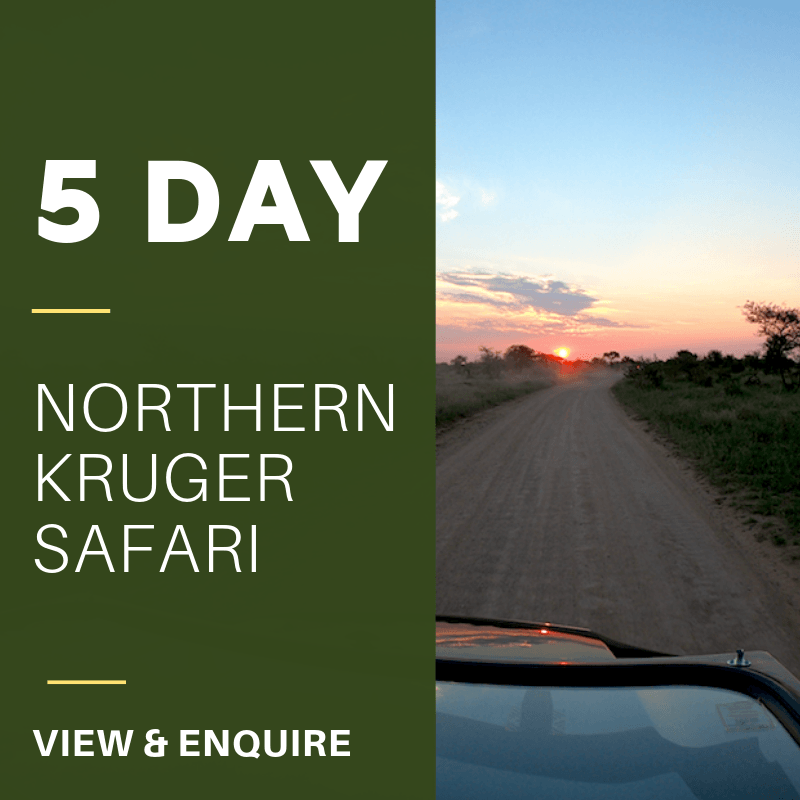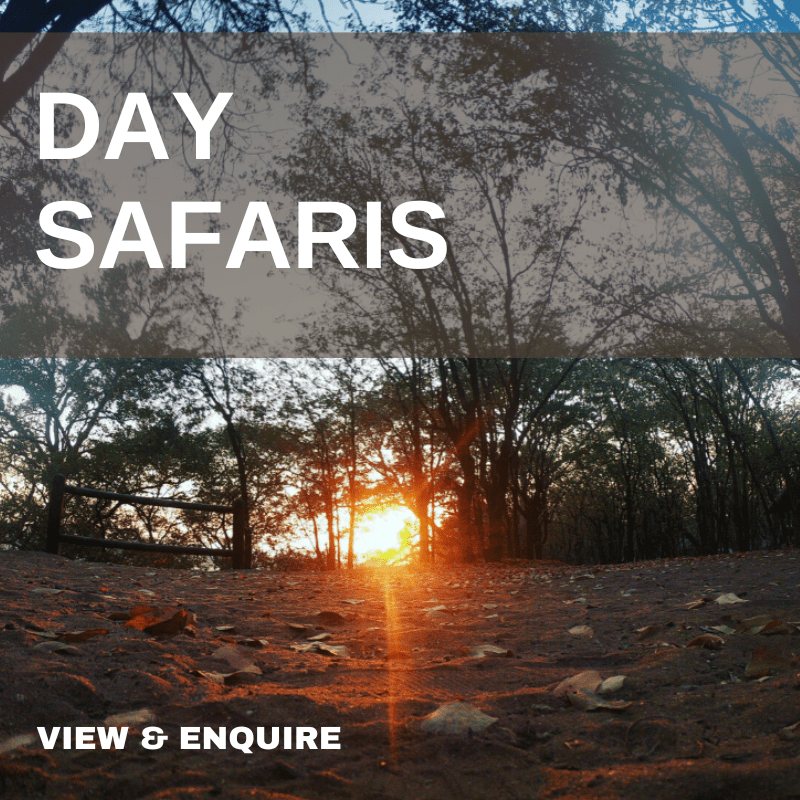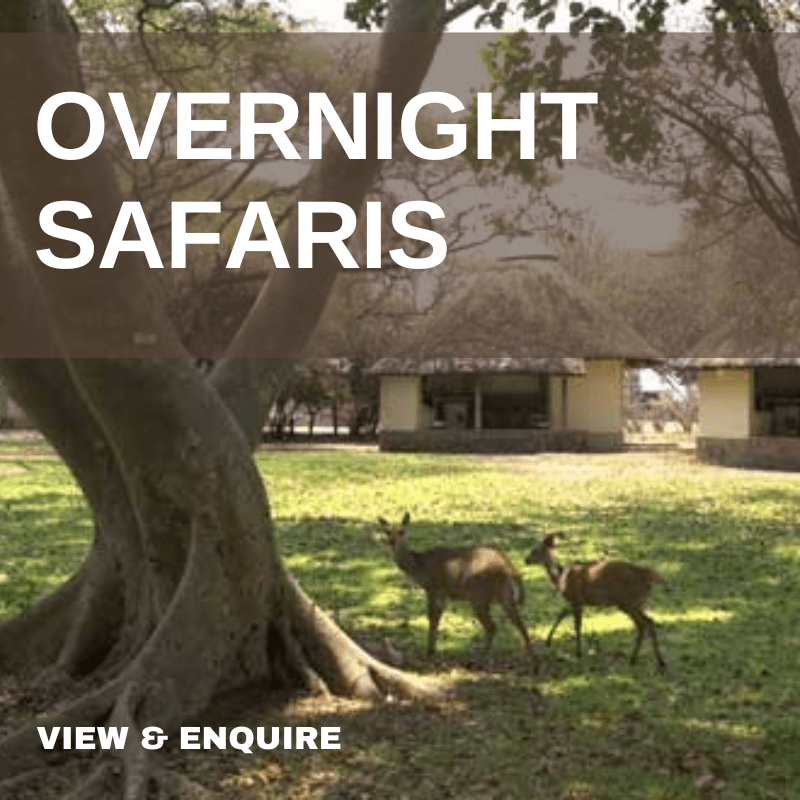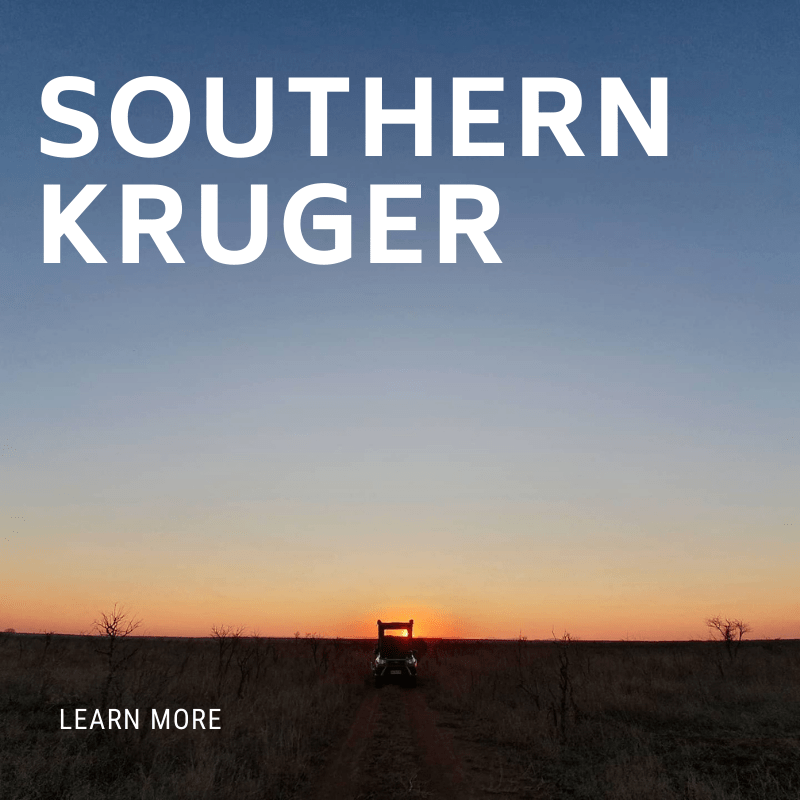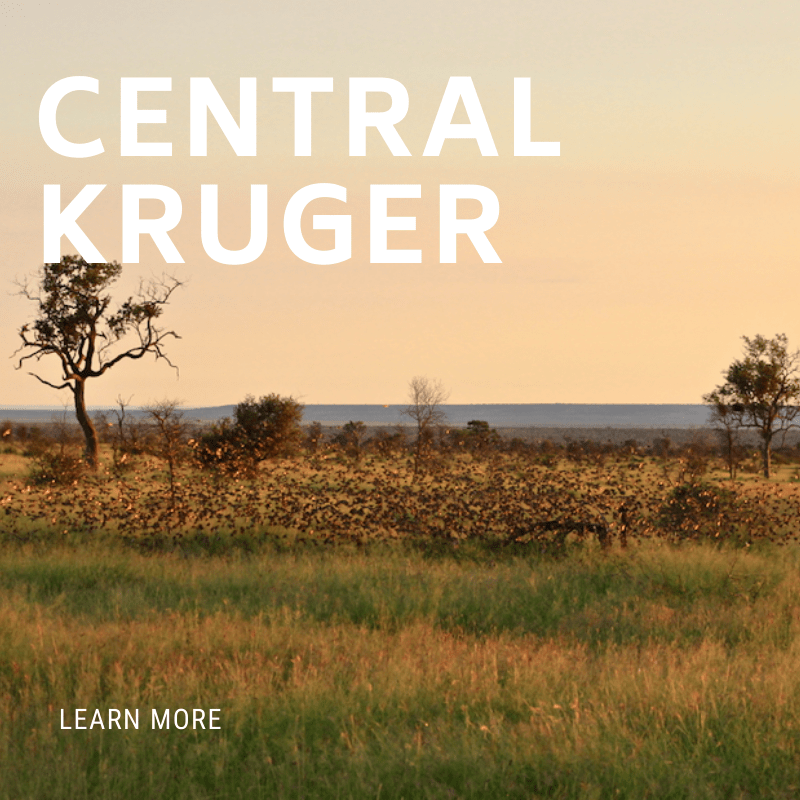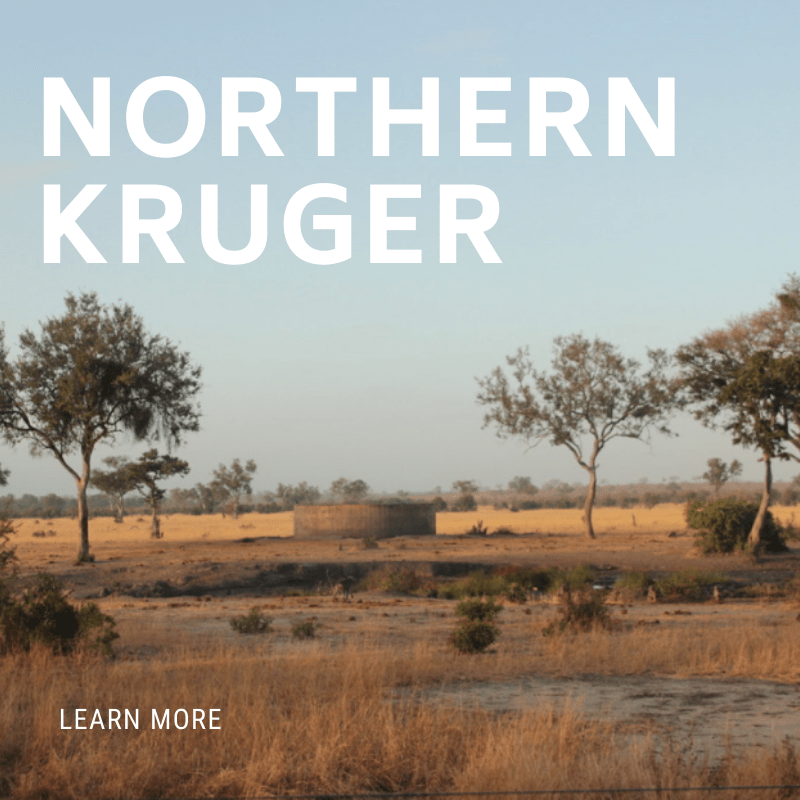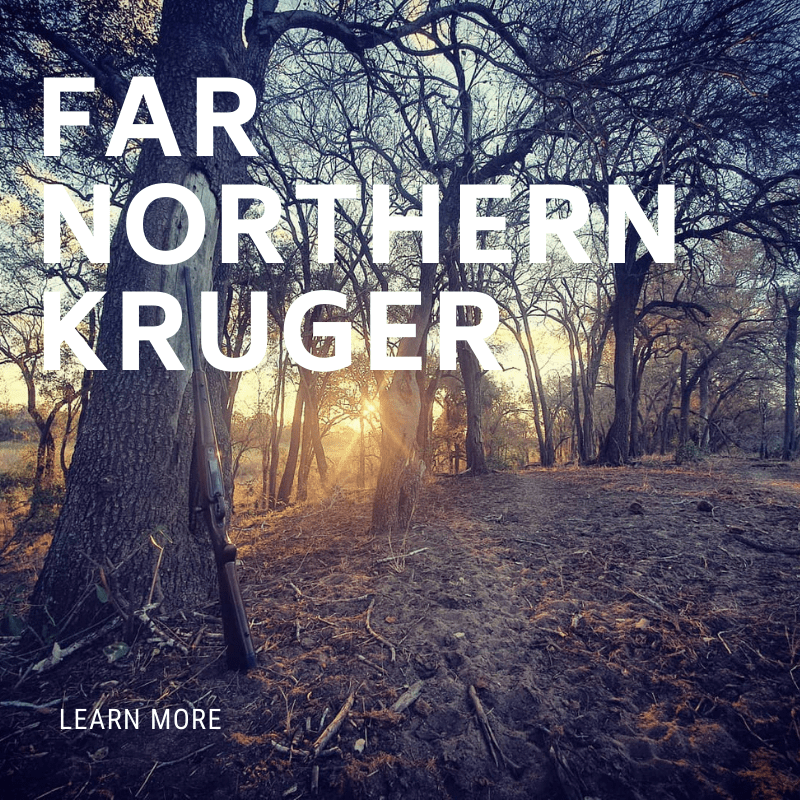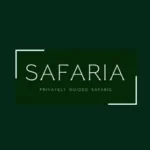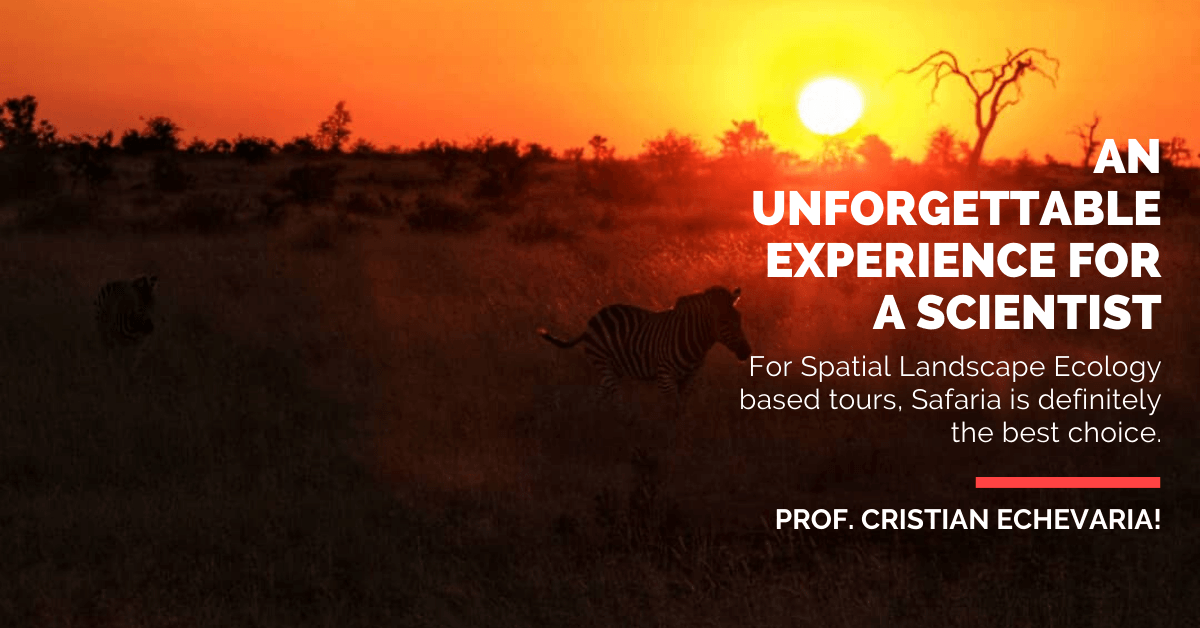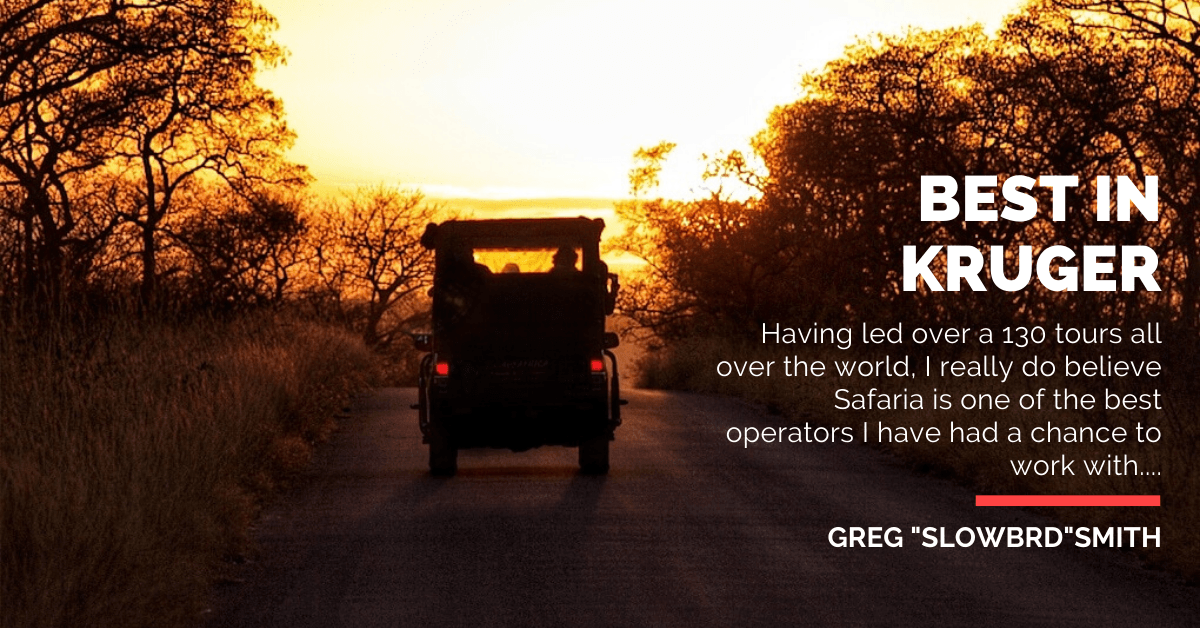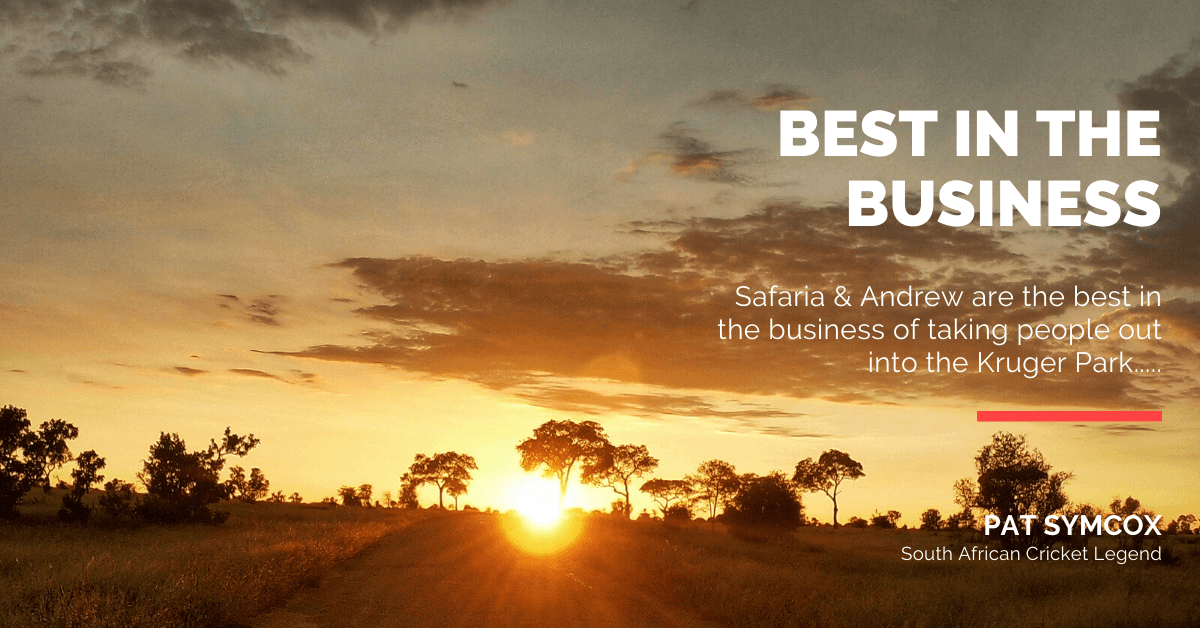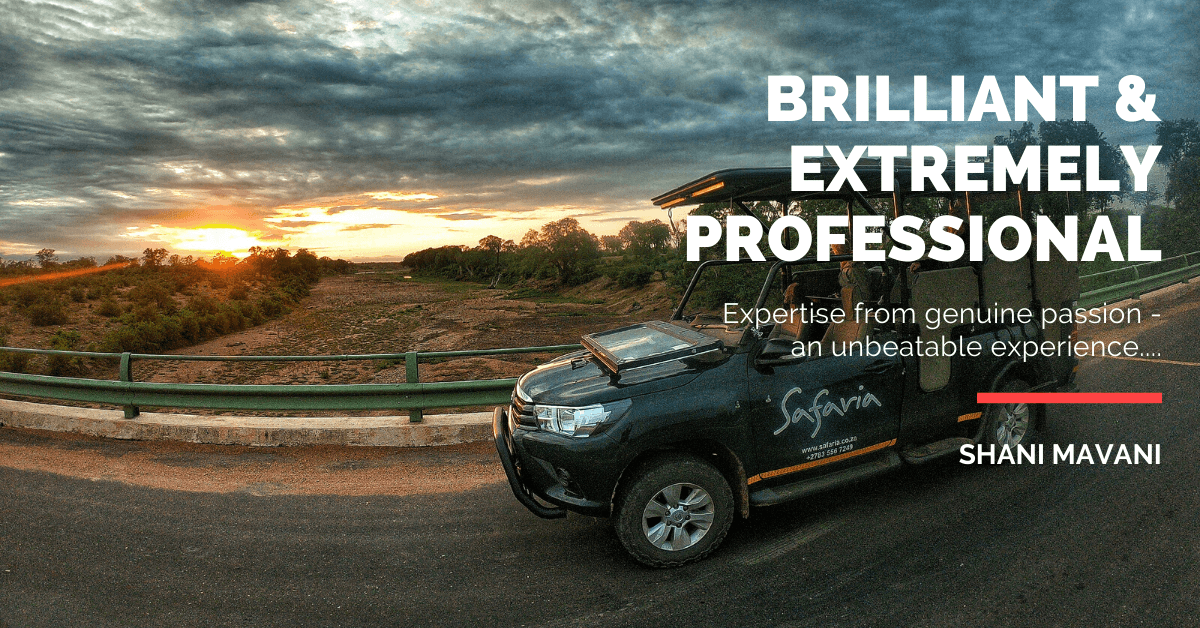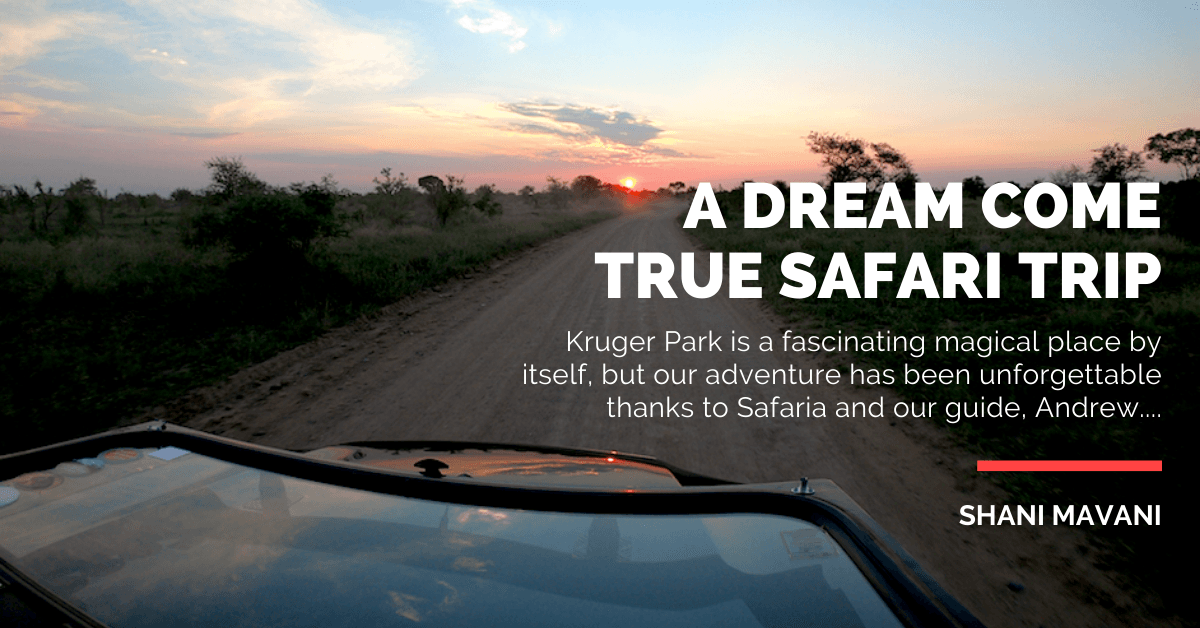Top TIPS on planning your Kruger Safari ?
Here are some of our suggestions and recommendations when planning your safari....
Privately Guided Safaris, Tailored Itineraries & Luxury Destinations
That dream Kruger National Park safari experience is around the corner. Have a look at these Safari Packages that share the iconic Kruger National Park. Whether its History and Culture or Wildlife & Birding, We'll change the way you experience the Kruger National Park.
Learn more about Krugers iconic animals.
Lions have long been regarded as the kings of the savanna. Learn more about their history in the Kruger National Park.
Understanding the different regions of Kruger National Park
With 22 Camps, 16 Eco-Zones and nearly 2 million hectares to explore, Kruger is an incredibly large place and with its well-maintained infrastructure, it offers the safari traveller a variety of landscapes to visit and explore. Spread out over 20,000 square kilometers the vast and ever changing landscape provides exceptional diversity with evident changes in the geology, fauna and topography constantly changing the backdrop. For the nature enthusiast there is something for everyone and each of the 4 Regions of Kruger have something very special to offer. Knowing and understanding these regions of Kruger will also better help you plan the perfect safari experience with us. Let help you better understand these regions.
Explore the Kruger's Birding Biodiversity
Learn more about Krugers Birds as we every month highlight a new species found in the Park.
The Safaria Story: Where Your Kruger Adventure Begins
Our Passion for Kruger
Safaria was born from a love for Kruger National Park—a sprawling 19,485-square-kilometer sanctuary teeming with wildlife, rich history, and breathtaking landscapes. Our founders, inspired by the park’s raw beauty and ecological significance, set out to create safari experiences that go beyond the ordinary. We’re not just guides; we’re storytellers, educators, and passionate conservationists dedicated to sharing Kruger’s wonders with the world.
Located in White River, we’re perfectly positioned to access Kruger’s key gates—Paul Kruger Gate, Phabeni Gate, and Numbi Gate—as well as nearby hubs like Hazyview, Nelspruit, and Skukuza Airport. This prime location allows us to offer seamless, flexible safari experiences, whether you’re arriving from Johannesburg, Cape Town, or beyond via Kruger Mpumalanga International Airport (KMIA).
What We Do: Tailored, Immersive Safaris
At Safaria, we believe every traveler is unique, which is why we specialize in privately guided Kruger National Park safari tours designed to match your dreams and desires. Whether you’re a solo adventurer, a couple seeking romance, a family creating lifelong memories, or a small group of friends, we craft itineraries that feel personal and purposeful. Our offerings include:
Day Tours: Perfect for those short on time, our half-day and full-day safaris immerse you in Kruger’s wildlife and landscapes, from open safari vehicles to guided walks.
Overnight Safaris: For a deeper experience, our 3, 4, and 5-day packages blend luxury, adventure, and education, with stays in carefully selected accommodations.
Specialty Safaris: Dive into your passions with our Wildlife Safaris, Birding Safaris (spot over 500 bird species!), Photographic Safaris, or Rare Species Safaris, each tailored to showcase Kruger’s diversity.
Luxury Experiences: Explore world-renowned reserves like Sabi Sands and Timbavati, where we partner with top operators to deliver exclusive, high-end safaris.
Our safaris are more than just tours—they’re journeys of discovery. Picture yourself in an open safari vehicle, the warm African sun on your face, as your expert guide points out a leopard lounging in a tree. Or imagine a walking safari, where you tread lightly through the bush, learning about animal tracks and ancient ecological practices. Every moment is designed to spark awe and deepen your connection to nature.
What Makes Safaria Different ?
What sets Safaria apart is our commitment to creating experiences that are as meaningful as they are memorable. Here’s how we stand out:
Personalized Itineraries: No cookie-cutter tours here. We work closely with you to design a safari that reflects your interests, pace, and style—whether it’s a thrilling big-game adventure or a serene birdwatching escape.
Educational Storytelling: Our guides are more than experts; they’re passionate educators who weave Kruger’s history, wildlife, and conservation stories into every journey. Learn about the park’s heritage, from its founding in 1898 to its role as a global conservation leader.
Un-rushed Authenticity: We believe in quality over quantity. Our safaris are intimate and unrushed, giving you time to soak in the sights, sounds, and stories of the African plain.
Luxury with Purpose: From plush accommodations to gourmet bush dinners, we blend comfort with a deep respect for the environment, ensuring your safari is both indulgent and sustainable.
Local Expertise: As a White River-based operator, we know Kruger inside and out. Our proximity to the park and partnerships with top lodges and reserves mean you get the best access and insider tips.
Why Our Clients Love Us
Our guests don’t just enjoy their safaris—they rave about them. Safaria is proudly Tripadvisor-recommended, with glowing reviews for our half-day, full-day, and overnight safaris. Here’s why our clients think we do it best:
Exceptional Guides: Our guides are the heart of Safaria. They’re not only highly trained but also deeply passionate, bringing warmth, humor, and knowledge to every tour. Guests often say their guide made the experience unforgettable.
Tailored Experiences: Clients love how we customize every detail, from choosing the perfect lodge to adjusting the itinerary for a child’s curiosity or a photographer’s lens.
Wow Moments: Whether it’s spotting the Big Five (lion, leopard, elephant, rhino, buffalo) or witnessing a rare bird like the Pel’s fishing owl, our safaris are packed with moments that leave guests speechless.
Seamless Planning: From airport transfers to accommodation bookings, we handle the logistics so you can focus on the adventure. Our flexibility and attention to detail make travel stress-free.
One guest summed it up perfectly: “Safaria didn’t just show us Kruger—they brought it to life. Our guide’s stories, the stunning wildlife, and the luxurious lodge made this the trip of a lifetime.”
Join the Safaria Journey
We invite you to step into the wild with Safaria and experience Kruger National Park like never before. Wander through golden savannas, listen to the chorus of the bush, and let our passionate guides reveal the secrets of Africa’s iconic wilderness. Whether you’re chasing the thrill of a lion sighting, capturing the perfect sunset photo, or simply soaking in the serenity of the African plain, we’re here to make your safari dreams come true.
Ready to start your adventure? Explore our privately guided tours, from day trips to multi-day escapes, and discover why Safaria is the premium Kruger National Park safari operator. Visit www.safaria.co.za to book your journey, or contact us for personalized recommendations on accommodations, travel tips, and the best safari deals. Let’s write your Kruger story together—one filled with wonder, connection, and the magic of Africa.
Our Story
Safaria’s Privately Guided Kruger Park Safari Tours have been created to offer our guests a wide variety of traditional Kruger National Park Safari packages for individuals, couples, families and small groups. From standard packages to luxury safari packages we offer the best deals and tips on the perfect Kruger National Park experience. All of our Custom, Wildlife, Birding and Photographic Safaris have been personally created to ensure that each itinerary delivers the best that the Kruger National Park has to offer.
We have pioneered Kruger's Day and Overnight Safaris with a unique storyboard that provides clients with a far greater understanding of Kruger, its wildlife, heritage as well as ecological management practices. Our Safari Style is to expose and educate our guests, providing them with hands-on personalised itineraries that puts them at the centre of their very own Safari. As African Safaris go there can be no greater destination to visit than the iconic Kruger National Park. From Open Safari Vehicles to Walking Safaris, Safaria is the Premium Operator that guarantees its clients the highest standards Kruger has to offer. Our wildlife Safaris are regarded as the most professional guided experiences with a growing reputation for their educational quality.
Come and take the journey with us and explore the diversity of the Kruger Park and its fascinating Savanna landscape. Learn about its history and heritage, go in search of its big game species and prepare to wonder-filled as your guide interprets and shares one of Africa's last remaining iconic wilderness areas.We journey through the African bush, sharing with our guests, an authentic, unrushed, story-filled experience of life on the African plain. Join our passionate guides on luxurious Open Safari Vehicles and let the bring you closer to all of the Kruger Parks natural wonders. We are a Tripadvisor recommended safari operator in the Kruger National Park. for our half day, full day and overnight safaris. If you want to experience the Kruger National Park for longer than a single day then please have a look at our personalised 3, 4 and 5-day Kruger Park Packages for unique, tailored experiences in Kruger.
Based in White River, on the door step of the Kruger Park, Safaria is able to access all of the local entrance gates (Paul Kruger Gate, Phabeni Gate and Numbi Gate) and provides Kruger Park Day tours from Hazyview, White River and Nelspruit. This gives our guests a variety of Kruger Park Accommodation options.
From White River we are conveniently situated to access both the KMIA (Kruger Mpumalanga International Airport) as well as Skukuza Airport. The Skukuza Airport has local flights direct to and from Johannesburg and Cape Town daily.
As a Premium Kruger National Park Safari Operator, we look forward to sharing with you this iconic African Wildlife destination and fulfilling your every safari expectations on one of our Kruger National Park Day Tours or Overnight Safaris. Safaria plans the perfect Safari itinerary around these selected destinations, offering a very personalised experience. For more detail please view our Privately Guided tours and see why it’s such a popular request. If you enjoy birding, we have the trip for you. On Rare Species Safaris Kruger National Park you will have the chance to search for more than 500 bird species.
The precursor of Kruger Park, the Sabi Game Reserve occupied an area of roughly 250,000 hectares and incorporated the modern day camps of Skukuza, Pretoriouskop and Malalane rest camps. The first custodians of the reserve where two policemen named Sergeant Izak Holzman and Corporal Paul Bestbier who were based between Komatipoort and Nelspruit. The effective control of the Reserve was then interrupted by a war between 1899 and 1902 that was fought between the British Empire and the Afrikaaner Boer Republics. Once the war ended, Major Hamilton of the 6th Inniskilling Dragoons was appointed as the first Warden of the Reserve. This was by no accident though as the Stevenson-Hamilton family had a long line of gentry that were steeped in the tradition of game stewardship. His devotion to the survival and furtherance of the new reserve was now an obsession.
When JSH arrived in the South African lowveld, he found very little wildlife in the area that needed protection. This was all the motivation that he need and so he began to curb the poaching much to the annoyance of the locals. In 1903 he lobbied for the land that was west of Skukuza and managed to extend the boundary by some 20km. In the same year the colonial administration created the Shingwedzi Game Reserve in in the northern part fo the lowveld which made up an area of roughly 500,000 hectares. This area sat between the Letaba and Limpopo rivers and JSH was to now be in charge of both. So what about the area between these reserves ? This are between the Sabie River and Letaba River had been set aside as private farms owned by large land companies and minimally occupied.
JSH was able to negotiate land usage terms with these companies that would then be reviewed every 5 years and ultimately become part of the Sabi Game Reserve. His uncompromising approach to hunting earned him quite a reputation and the nickname "Kukuza" meaning the one who sweeps clean. In 1912 the lease agreement west of Pretoriouskop fell away and so he was forced to make the area available for winter grazing of sheep. In 1914 JSH was then called up for active duty and joined the British Army in France for the duration of the first world war. During his absence the Union Government appointed a commission to deliberate the future of these newly created Game Reserves. The reality of these reserves going forward was a little precarious as they required money to fund and with hunting no longer forming a critical role in the economy, their purpose was somewhat unknown. With nearly a million hectares to maintain, pressure mounted to have them de-proclaimed.
The survival of the Sabi and Shingwedzi Reserves was harnessed by achieving a new and radical idea - the National Park. National Parks, as they were conceived were all about the aesthetic appreciation of an environment and not the economic value. BUT what if you could ?
JSH was long impressed by the National Parks of the United States and how they had used tourism as a model of funding them. The idea settled and JSH had a plan. The first opportunity arose by using the much loved "round in 9" railway which travelled through Nelspruit, Malalane, Komatipoort and through to modern day Maputo Mozambique and back. The idea was to use this tour and redirect a night along the Selati rail in the Park sharing its beauty and wildlife. This idea became a reality and this became the most loved night on the itinerary. From this early idea a series of suggestions and further ideas began to brew.
Many years of uncertainty still followed and by 1922 pressure mounted by farmers and land owners to utilise the land for greater economic purposes. JSH continued to lobby for a National Park and with his new idea of tourism managed to garner the trust an assistance of some prominent businessmen and politicians. It was good fortune at the time that JSH had the support of the Minister of Land, Piet Grobler, who was the grand nephew of Paul Kruger, who favoured the idea a National Park and championed the legislation in parliament. The name Kruger National Park was suggested and the Bill was seconded by the opposition leader Gen. Jan Smut. It was on the 31 May 1926 that the National Parks act was promulgated and the Kruger National Park became the first protected area under this new act. bscholes
Here are a few personal views on the difference. The Typical Safari Tour offers “grouped” or shared guests either on the same itinerary or from localised accommodation a collective opportunity to see the Kruger National Park for either a morning, full day or afternoon. These usually depart from a specific destination or preferred collection point or guest are picked up one-by-one from their accommodation and then taken through to the nearest Kruger Gate. All gate entrance procedure is handled at the gate and once completed guests depart.
The day usually starts early at 05h30am but dependant on the size of the group, collection points and entrance queues, access to the Park may only be around 7am. Dependant on the type of Tour selected their would be a time frame and the guide would adhere to this as there might be 2 tours on a single day. There is usually a preferred route that is kept as this allows for the sightings intervals, distances and ends timely. These Tours usually offer a fair per person rate and are perhaps ideal for the single traveller looking to meet new people or budget-conscious families.
The other class of Safari offered is usually labeled Private, Exclusive, Boutique or perhaps even Be-spoke. We refer to our Safaria experiences as being Premium, Custom and Personalised, so look out for these descriptors. These "usually" reference or indicate a different style of Safari and the product name is the personality of the Outfitter. These Private Safari's are completely different. Yes, they do both equally access the same destinations, roads and camps in the Kruger Park but the experience is completely different and the style is very personalised. These Safari's are customised around the client and that starts with the date of interest, time of departure and even gate of entry. We can even go as far as specific species of interest albeit this is never a guarantee.
All of the guests entrance procedure is handled prior to arrival and accessing the Park is seamless, no time waisted. Guests on a Private Safari are either a couple or family group. These Safaris cater to the exclusivity of the experience and offer a one-on-one interaction that is more informative and educational. A private operator looks to download and share as much knowledge of the savanna as possible, Here the focus is on service and experience. On a private Safari attention is focussed so there is time for guides to also share their expert story telling abilities and show case the Park, its history and heritage in greater detail.
A Private Safari offers guests a more personal link to the guide which builds a more rewarding interaction. Yes, the rates may be slightly higher but usually only slightly. There are no routines or time-frames and Private Safari follows a very organic process and may even take and hour or two longer based on sightings.
So in closing we may be bias as the leading Private Kruger National Park safari provider but we can openly say there certainly is a need for both of these products and they do successfully exist side by side. The delivery is different but so are the clients and i guess thats why its works.
As a Kruger National Park operator our Safaria Experience's are crafted around a Premium, Personalised style of Safari. We offer guests the finest and most comfortable Open Day Safari vehicles kitted with the best fleece blankets, quality ponchos, waters, personalised sightings journals as well as coffee and teas for the early morning starts.
Our product is designed to embellish Safari and the Kruger National Park offering guests the best possible experience in a single day. You can visit our website www.safaria.co.za for more info on what we offer or email me personally at andrew@safaria.co.za
In closing have a look at what South African Cricket Legend Pat Symcox had to say about his day out with Safaria : Today was a day my wife and I will remember forever... We spent an entire day on a game drive through the Kruger Park and saw the big 5. However, after many, many game drives in my lifetime I can truly say that the experience we had with a company called Safaria - owned by Andrew Wagner - we have found the ultimate Game Viewing in Kruger and surrounds company.
Just out of this world ! Take my word on it - Pat Symcox
We track and trail its wildlife, we share the stories of the old traders and rangers. We look with awe over the magnificent land celebrating Safari and taking you on the journey with us. This is Safaria, the Premium Kruger National Park day safari / tour experience. Safaria offers a number of Premium Kruger Park Day Safari Tours available to choose from. From Half Day Kruger Park Safaris to Full Day Kruger Park Safaris as well as Privately Guided Safaris for the guest looking for a more private and exclusive safari experience. Early origins of the Kruger National Park Area People have always felt a mysterious attraction to the Greater Kruger National Park area. Long before it had been named this area attracted ancient tribes that made it their homeland leaving for us intricate relics and artwork to find and observe in our modern age. The Stone Age Bushman of the Kruger National Park area occupied this wilderness between 500,000 and 100,000 years ago surviving of the land with ingeniously fashioned implements used in there every day lives. They hunted and gathered for survival leaving their story engraved or painted on rocks throughout the Park. For thousands of years these people lived in harmony with the land and all her creatures.
Little did these original people know that Nguni speaking tribes where filtering there way down through Africa bringing with them herds or livestock and a pastorilst way of living. These new iron age migrants lived in mud huts, planted crops and had learnt the skill of forging metals and irons to create the necessary tools to live more successfully. Evidence of these people here discovered in the Northern Kruger National Park at a place called Thulamela near Pafuri. View our Langa Sunrise Safari As these early Nguni speaking tribes searched for more productive areas due to the effects of Malaria and Tstetse flies they slowly displaced the primitive Bushman people eventually pushing them out completely.
Fast forward a few thousand years and in the early 1800’s Arab and Portuguese traders had settled on the Eastern Seaboard of South Africa. There focus was Ivory and Slavery. As this advanced commodities diversified and soon Gold was being traded as far as Zimbabwe (Monomotapa) which eventually forged the way for transport routes through the South African Lowveld to then Delogoa Bay now known as Maputo Mozambique. When Gold was discovered near Pilgrims rest and Barberton in the late 1800’s fortune seekers from far and wide flocked in their droves to claim their stake in this early gold rush. With the many new migrants making their way into the area there was a great deal of pressure placed on the wilderness and in particular the wildlife.
Early settlers and their effect on the land, which is today Kruger National Park With the influx of the Nguni tribes and the early settlers and their need for land and hunting of bush meat, it’s wasn’t surprising that without any regulation the natural game that occurred in this area was severely impacted. Not surprisingly the wildlife numbers started to dwindle. For this reason new hunting regulation was put in place to manage and curb the scourge of slaughter. This did work to stabilise populations but there was another blow, which struck, the rinderpest. This epidemic reached Southern African in the late 1800’s killing all cattle and wildlife that stood in its path. Many South Africans were now very concerned as to the levels on natural occurring wildlife and the idea of state controlled reserves again took the spotlight.
The History and early beginnings of the Kruger National Park. The long and expansive plateau of Africa that runs down into South Africa is known as the Highveld. This plateau runs east of the escarpments creating a knifes edge that drops down onto a broad plain know as the Lowveld. This setting gives rise to that of the Kruger National Park.
A tremendous amount of myth and speculation has risen around the origins of the Kruger National Park which then President Paul Kruger of the ZAR (Zuid-Afrikaansche Republiek) envisaged with great wisdom as a critical wilderness to preserve so that our future generations would have a glimpse of what Africa use to look like. Today we couldn’t be more grateful for this true act of vision and celebrate what has come to be regarded as one of the greatest wilderness areas on earth.
For many years it had become clear that wildlife played an important role in foundation of the then Boers economic outlook. With dwindling wildlife numbers in the Lowveld area, the Volksraad, who was the governing body of the ZAR, Established a board to declare areas of land closed to hunting. By 1889 it was apparent that the great herds where almost reduced to zero and something drastic had to be done. It was at that time that many private citizens, sporting associations and various groups started lobbying for a protected reserve in the Eastern Transvaal. The continued pressure eventually resulted in the proposal to protect an area between the Crocodile and Sabie rivers. Volksraad records show that the first proposal was made in 1895 by Mr JL Van Wijk, the representative from Krugersdorp and a Mr RK Loveday from Barberton, which was unanimously approved.
It took a further 3 years before the before the necessary regulations had been published by President Paul Kruger. The presidential proclamation of a Government Reserve was gazetted on the 26th March 1898 and this newly fledged area became know as the Sabie Game Reserve. The Sabie Game Reserve, which was essentially the precursor to the Kruger National Park, occupied an are of approximately 250,000 hectares, which included the present day camps of Skukuza, Pretoriouskop and Malelane.
This newly proclaimed area was initially placed in the hands of two policemen namely Sargent Izak Holzhausen and Corporal Paul Bestbier. Their tenure was quickly interrupted with the onset of the Anglo-Boer War fought between the British Empire and the Boer Republics. After the War Major James Stevenson-Hamilton of the Sixth Innis killing Dragoons was appointed as the first Warden. His appointment was not with out intention as he hailed from a long line of favoured game stewards from Scotland and his devotion to this cause was later regarded to have become his life’s obsession.
When Major Stevenson-Hamilton arrived in the South African Lowveld in 1902 he was surprised to have found very little wildlife in the so-called area of protection. With immediate effect he began the task of curbing poaching and removing anything that stood in the way of his vision. This didn’t make him popular and was regarded as an annoyance to both black and white locals. It was in 1903 that he managed to successfully lobby for a 20km extension of the western boundary providing a greater range and area of diversity for the wildlife to occupy. In the same year of 1903 the British Colonial Administration established the Shingwedzi Reserve in the Northern region of the Lowveld. This newly proclaimed reserve comprised of an area that was 500,000 hectares and lay between the Limpopo and Letaba rivers. Major Stevenson-Hamilton was to also be in charge of this new reserve.
The area that now separated these two reserves had been surveyed for private farm use and where mostly owned by companies that made little use of their land. Major Stevenson-Hamilton’s vision was to consolidate these areas and he successfully managed to negotiate a leasing scheme for review every few years whereby these private tracts of land effectively became part of these already proclaimed reserves. With now control over the “Greater Lowveld” conservation area he forged forward with an uncompromising position against the miss use of land and hunting. When the lease for the western portion of the Sabie Reserve expired in 1912 he was forced to relinquish this area to winter grazing rights for the local sheep.
In 1914 the British Army recalled Major Stevenson-Hamilton to France for the duration of the 1st World War. In his absence the Union Government decided to appoint a special commission with the sole intention to decide the fait of current and future Reserve areas. With hunting no longer being a major economic focus the initial idea for Game Reserves had now lost its purpose and was under scrutiny. With pressure to open these areas up to farming as well as the cost of up-keep the pressure mounted. With the possible de-proclamation hinged on a single whim it was a new radical idea that ultimately saved its existence and that was the idea of a National Park that could be used for tourism and revenue generation. This was a long shot as the initial establishment of the National Parks model proved to be more aesthetic and less commercial but this idea excited the imagination of the South African public. After further examples of success in the United States and the continued lobbying by Major Stevenson-Hamilton it was eventually recommended that the Reserves be given the status of National Park but sadly after the decision nothing was done.
Many years of great uncertainty passed as Major Stevenson-Hamilton and other supporters watched these Reserves decay and reaching a critical low point in 1922 with mounting pressure from both the Mines and local farmers. Stevenson-Hamilton fought hard to secure the right opinions and a high moment was achieved when the then Minister of Land Colonel Deneys Rietz was won over only to suddenly loose his position when a new Afrikaner Nationalist government was ushered in. It was only good fortune that the new incoming Minister of Land, Piet Grobler was the grandnephew of Paul Kruger and had a keen interest and passion for the wilderness. He personally championed the legislation for the National Parks bill and after the name “Kruger National Park” was suggested it was quickly seconded by General Jan Smuts, leader of the opposition and was passed and acclaimed.
On the 31st of May 1926 the National Parks Act was promulgated and the Kruger National Park was the first protected area.
The development of Tourism in the Kruger National Park.
At the time of their proclamation, both the Sabie and the Shingwedzi Game Reserves had very little development and infrastructure. It was only in 1916 when the appointment of the first Game Reserves Commission that was under the chairmanship of Mr JF Ludorf, that the very real possibility of a tourism model was raised and documented in an official report during the year of 1918.
The “Game Reserves” Commission highlighted and placed emphasis on possible merger of the Sabie and Shingwedzi Game Reserves with a recommendation to proclaim it a National Park with the main objective to conserve and protect nature. As part of this commission there lay the notion to develop guest tourism infrastructure to generate a commercial return and to do so along side conservation as this wouldn’t conflict with the primary objective. To further motivate this the commission highlighted the educational aspect as well as the establishment of further research facilities to drive conservation studies and utilise these reserves as a framework for future development. The idea of a pristine ecosystem also suggested that these Reserves would be of great interest and attraction for visitors.
The First Tourists to Kruger National Park
Sadly after a tremendous amount of hard work and lobbying nothing came of these initial recommendations and the proposed framework. It was only 5 years later in 1923, when the South African Railways (SAR) established a tour by rail that followed a route through the Lowveld to Maputo (then Lourenco Marques) in Mozambique that its potential once again reached the table. It was this initial guest exposure to the area that the idea of a tourist destination to promote and enjoy this pristine wilderness was again discussed. From these discussions it was agreed that an overnight stop in the Sabie Reserve, at the Sabie Bridge (Skukuza) be included on the itinerary but more specifically for convenience rather than it being identified as a wildlife attraction. This addition to the itinerary gave Stevenson-Hamilton an opportunity to try and convince the Commissioner of the Railways that a day excursion through the Sabie Reserve with all its wildlife would enhance the “round-in-nine” tour and provide for a much more enjoyable railway excursion.
After much discussion and lobbying eventually Stevenson-Hamilton’s request became a reality and the itinerary was rearranged so as that trains would travel from Komatipoort to Sabie Bridge (Skukuza) during daylight hours so that guests could take in and appreciate the surrounding fauna and flora. To enhance the experience Major Stevenson-Hamilton arranged that one of his game rangers would accompany the tourists to shares stories and enlighten them to this wild savannah.
At Sabie Bridge there were no actual facilities for the overnight tourists and they would sleep on the train. The game rangers responsibilities where to create interest for the area by sharing personal accounts with the wildlife and telling anecdotal stories around the evening fire. The inclusion of this overnight stop proved to be very successful and it soon after became a very popular attraction and destination with the tourists.
From these early beginnings and the formal proclamation of the Kruger National Park in 1926, the concept of a tourist destination for commercial benefit had successfully be presented and tourism for the area was ripe for discussion. At the first board meeting that was held by the commission on the 16 September 1926, the commercial value of tourism for these Reserves was officially recognized.
In order to effectively attract tourists to generate income, it was decided that a network of roads was required both main roads and various secondary roads for the benefit of game viewing to promote the wildlife. The commission together with Stevenson-Hamilton established and idea that would see local guides accompanying the tourist at a further fee to show them the surrounding wilderness and also ensure safety. During these early stages of development it was also decided that a fee should be charged for guests wishing to take photographs of the wildlife and terrain. Lastly there was a third proposed source of revenue in that of the writing of articles about the reserve, its wildlife and personable stories that could be used to sell the Reserve as an attraction to foreign visitors.
With a tremendous amount of effort being put into marketing and revenue generation for the park what soon became apparent was the lack of accommodation facilities for tourists, which now presented a significant problem. In early 1927, the board of the South African Railways (SAR) decided to approach the commission with the request to erect simple accomodation whoich could be rented back to the SAR for their own purposes. After much discussion there was no material outcome of the idea. During the same year the commission, through the mediation of Stevenson-Hamilton, managed to reach an agreement with the SAR to work on a joint strategy that focussed on the development of tourism within the Reserve and effectively creating its own industry for revenue generation. The outcome of this was a unanimous decision by the commission to build roads, accommodation and other facilities that would promote paying tourism and exclusivity of the Reserve.
In exchange for the establishment of infrastructure the SAR undertook to provide all transport to and within the Reserve by way of either rail or road. Along with this mandate the SAR would also be responsible for driving an effective marketing campaign, provide catering services and pay the board of the Reserve a percentage of the income generated. To kick of this new initiative a network for roads had to be built. The first of these where a four two-track road from Crocodile Bridge to Lower Sabie which was built by CR de la Porte, a road from Acornhoek to the Mozambique border that went via Satara, from Gravelote to Makubas Kraal near Letaba and a final road from White River to Pretoriuskop. During August of 1927 the board decided to open access to the Pretoriuskop area for tourists. This would be the first concession to be utilised for tourism. In the early days this was an operational challenge and required guests to get a permit of access either from the secretary of the board in Pretoria, the warden at Skukuza, the game ranger at Pretoriuskop or from White River. This access was also only granted for daylight hours and tourists had to leave the Reserve on the same day as no overnight facilities were provided for at that stage. As you would imagine the process of acquiring a day permit was rather confusing and many visitors would often pass Mtimba (Post of Ranger Wolhuter) without reporting themselves.
In 1929 the Board appointed Mr A Moodie as agent to issue permits. It was only 1931 that a fulltime gate official, Captain M Rowland-Jones was appointed and stationed at todays Numbi Gate. In light of the required accommodation facilities in the Reserve many additional proposals had been received since 1927 in order to promote and increase tourism. One of these proposals was to build a hotel at the Sabie Bridge but this was seen as impractical and ultimately rejected by the board. A further proposal was also motivated by the SAR for the construction of a low level bridge as a vehicle crossing over the Crocodile River on the southern boundary. In reviewing this proposal the Board asked the SAR to rather open their own railway bridges over the Crocodile, Sabie and Olifants Rivers for motor vehicles to have access as well as make the train service on the Selati Railway available for tourists as well as officials of the Board. Further to this the Board requested that the SAR also accept responsibility for the building of a road that went from Crocodile Bridge to Satara and the small town of Acornhoek in the central area of the Reserve. The First Tourist Facilities in the Kruger National Park It was finally in 1928 that the establishment of facilities for tourists finally commenced. The first three tourist “rest huts” were built at Satara, Pretoriuskop and Skukuza. At the same time that these hits were being built a further six additional huts were also being planned for development. These huts, or rest huts, each consisted of a set of rooms with a carport.
Sadly nothing came of the six planned additional huts, but later in 1929 two rondavels with a radius of six metres and ten and a radius of a little more than four metres had been erected at Skukuza with two additional rondavels being built at Satara. Rest camps of the same size of Skukuza had now been envisaged for Pretoriuskop, Satara and Letaba Camps. There was also the idea of two smaller rest camps with six rondavels each that had been planned for Balule and Olifants Poort (Olifants Gorge) near the confluence of the Olifants and Letaba rivers. Construction on the rest camp at Olifants Poort commenced in later part of 1929. The continued into 1930 and apart from the two additional rondavels built in Skukuza, four more had been erected at Pretoriuskop, fifteen at Satara, twelve at Letaba, six at Balule, one at Olifants Poort and four at Malelane. At Lower Sabie a five-bedroom guesthouse of wood and steel was erected from what was previously Tom Duke the areas Game Rangers quarters. This had now been restored and made available for tourism. All the rondavels that were built during the period of 1929 to 1931 were according to the so-called “Selby” construction style. Paul Selby was an American mine engineer who had come to South Africa and served on the Board of the Reserve. His hut design had a gap between the wall and the roof and a small hole on the top half of the entrance stable door. The hole in the door was intended as a peephole for dangerous as at that time the camps did not have any fencing.
These initial Selby huts attracted much criticism over there design as they were seen to be too cold in winter, too dark as a result of no windows and lacking in privacy because people see in through the top of the stable door. Over and above these points the holes in the structure made for easy access of mosquitos carrying malaria. Having learnt from this initial design all huts from 1931 had windows that could open and close. During this period of the early nineteen thirties, a tremendous amount of positive progress was made with the establishment of tourist focussed facilities.
With the development of rondavels in early 1931 it was decided later in the year to also look at using tents. These classic old white travel tents, which each had four beds, were first commissioned at Skukuza and Satara camps. Over and above developments at Skukuza, Satara, Olifantspoort, Pretoriouskop, Malelane and Crocodile Bridge camps its was decided that a further six sites be identified for further facility development. In late 1931 after agreement from the board construction began at Rabelais Gate.
It was ambitiously suggested that greater presence was required in the far North of the park and so in 1932 Punda Maria camps was identified and the first huts were built. These huts were constructed of traditional material in that of a wattle and daub, as cement could not be afforded during the early stages of development. A small rest camp was built at Malopene during 1932 with an additional small temporary camp next to the Tsende River at Mabodhlelene later in 1933. These camps were small and simple and only comprised of tents. Later in 1933 the Reserve commenced with It was only in use for a few months, before construction of Shingwedzi rest camp as the replacement for these two small camps Initially Shingwedzi Camp also only consisted of tents but by 1935 the first three huts where built that each had 3 rooms. Incredibly the 3 original huts are still functional with the roof and external wall structures still in use today.
During 1932 the first ablution block was also built at Skukuza and this provided guests with a four baths and four-shower cubicle. At the same time it was decided that camps needed to be fenced. There was also further experimentation with a new hut design later in 1935 and once approved the first new Knapp-Huts were erected at Skukuza, Crocodile Bridge and Letaba. This new design made use of a square foundation with corrugated steel roofs. It was later felt that these huts did not suite the Reserves requirements and no further huts were erected. In 1934 the SAR and the Transvaal Publicity Conference made an urgent plea to the Board to provide more accommodation. Under this pressure it was even proposed to SAR to park a number of coaches at Skukuza to serve as sleeping quarters. This proposal could not be executed, as it would have been illegal.
In order to secure the required funding for more accommodation in the Reserve, during 1935 a South African Publicity Conference with the backing of the Publicity Associations of Pretoria and Johannesburg formalised a proposal that was directed at the Government for a donation of £50,000 (R900,000). The donation was to be used for an additional 150 beds at Pretoriuskop rest camp and a new rest camp at Lower Sabie that would accommodate 200 visitors.
Over and above all these new developments one inclusion that was critical was that existing huts had to be made mosquito-proof. During August of 1935 the Government communicated that an amount of £30,000 (R540,000) had been approved for the development of tourist facilities. The Board decided that only R720,000 of this amount would be applied for tourism and that the other R280,000 for the provision of water sources for game. In the meantime the Board had instructed architect firms Leith and Moerdyk to prepare plans for the anticipated developments.
Gordon Leith was tasked to present a design for the new Lower Sabie rest camp, while Gerhard Moerdyk had to deal with extension of Pretoriuskop rest camp as well as Malelane. By the end of 1935 the plans were already finalized, with an additional proposal that eight to ten wattle & daub huts be erected at Tshokwane. The Board accepted the latter proposal on condition that there were sufficient funds available. The architects, as well as the executive subcommittee of the Board, had not taken account of the chairperson, Judge J de Wet. Not only did he regard the hot water for showers and baths as unnecessary luxuries, but he could not identify with extravagancies such as septic tanks, retail areas, a dining room, etc, for rest camps. According to his view, there was only a need for sleeping facilities and nothing else! The plans by Leith for Lower Sabie, were accordingly rejected on grounds that it would be too expensive, and instruction was given to Moerdyk to draw up a new – and significantly cheaper – plan. With over a decade of facility development and construction it was finally decided in 1946 that the last two rest camps to be developed for tourists were Lower Sabie and Pafuri.
After the closing and later demolishing of the guesthouse at Lower Sabie, it was later decided that a new rest camp should be built. The initial buildings of this new rest camp were designed by architects Gerard Moerdyk and were finally completed during 1936. This new Lower Sabie rest camp comprised of three large units with six bedrooms each and was designed in a U-shape. In the north a tented camp was opened in 1939 on the banks of the Luvhuvhu River, where the current Pafuri picnic spot is. Only 12 months later was the camp closed due to heavy rainfall, flooding and mosquitos.
Early tourist amenities in the Kruger Park In 1936 the issue of hot water for tourists to bath and shower once again came under discussion. It was decided to provide such as a “luxury” for guests at only certain of the various rest camps. This naturally led to differences of opinion amongst the board and it was again decided to be a rather unnecessary luxury, which the Board did not have the required budget to fund. It wasn’t until 1939 that the request for hot water was again tabled and finally agreed. As a condition it was decided that men were only entitled to hot and cold showers, and ladies were only allowed hot water for bathing. This was strictly for use between 17:00 and 21:00 in the evenings.
Creating Kruger Parks Picnic Spots – To Fence then in or not? In 1938 the warden expressed his concern about picnic spots and indicating that visitors at such unprotected alighting points are subject to unnecessary dangers. The Board was of the view that as rest camps were far apart, such points were justified.
After consideration of the matter, it was decided that they should be maintained, but that all picnic spots had to have a Black caretaker and that all shrubs and grass on the terrain had to be cleared. Stevenson-Hamilton was not satisfied, and in 1939 he repeated his warning. The Board maintained its position and as additional preventative measure, it was decided that in future, picnic spots would not be indicated on tourist maps and that warning signs be erected. Kruger Park Fees in the early days One of the main driving forces for the initial introduction of tourism in the Park was that it would provide a welcome source of income. With the initial opening up of the Pretoriuskop area to day visitors, the only monies that could be charged were the admission fees of £1.0.0 (R2). In 1928 the Board decided that five shillings (50c) per person would be charged at all entrances gates, with the single exception of Punda Maria but that a minimum of R2 had to be charged per vehicle. Admission permits could be obtained from game rangers, but also from agents in White River (Legogote) and Rubbervale (of Gravelotte). During the same period visitors on the SAR “round in nine” had to pay R10 per day.
This fee included the services of the game ranger. To deter heavy vehicles from entering the Park, an admission fee for business purposes of R10 per heavy vehicle was charged. An additional source of revenue was also offered by the pontoons over the rivers. Until the end of 1931, tickets could be bought for 50c. These tickets were valid for seven days and covered any number of crossings on the same pontoon. In 1932 tariffs were increased and vehicles were charged 25c for every time a pontoon was used. Trucks had to pay 50c. Pedestrians were required to pay 25c for the first five persons, and 5c per person above this amount.
Establishment of Retail and Catering Services To the uninformed it may today be difficult to understand why the Boards did not manage its own retail business from the early starting years. It must be kept in mind that it was exactly an acute lack of funds that limited the early development, preventing the Board from launching its own projects. This was not the only reason. When an application was submitted in 1929 to open a “tea-shop” at Pretoriuskop, it was declined on grounds that it would prejudice the “natural facilities” of the Park (whatever that may mean!). By 1930 it was pointed out to the Board that the game rangers at Satara and Skukuza just could not attend to the administration and maintenance of the rest camps together with their other commitments.
Subsequently it was suggested that contractors be appointed who would perform these duties under supervision of the game ranger. After consideration and reference of the matter by the executive committee of the Board, the suggestion was accepted. In March 1931 the contract for the management of Skukuza and Satara was awarded to P.W. Willis and, as result of increasing tourist traffic, a similar contract was awarded for Letaba in September of the same year. The contracts that were awarded to external contractors in this manner resulted in them being responsible for the entire administration of the rest camps. This included the issuing of permits, all retail and catering, rental of bedding and even the erection of their own buildings. In November 1935, the Board decided to appoint their own camp supervisors, resulting in external contractors activities being limited to retail and catering. The first rest camp supervisors were appointed at Pretoriuskop in 1936, Skukuza and Lower Sabie. In the early years the Board could not make much profit out of its own camps, and revenue was limited to the renting of huts. At that stage the huts were only equipped with wood and “riempie” bedsteads and any additional items such as mattresses, sheets, blankets, pillows, pillow cases, towels, etc could be hired from the contractors. Initially the renting of a hut cost one shilling (10c) per person per night.
As soon as the Board provided luxuries such as hot water and the services of hut attendants, the daily tariff was increased to 25c per person. The increase in the tariffs led to serious dissatisfaction with the visitors as it was also applicable to children under 16 years. The Board (wisely) yielded to the pressure, and the tariff for children was reduced to 10c per night. Visitors not using hut accommodation were required to pay 10c and children under 16 years 5c per day for a site (camping). Bedding could be hired from the contractors and after vehement objections that the fee of 30c for a mattress and four blankets was extravagant, the fee was adapted as follows in 1934; a mattress would cost 5c per night, blankets and pillows 2,5c each per night. Packages were also offered, such as a mattress, blanket, pillow and pillowcase at 70c per week, or even better, a complete bedding set, inclusive of sheets, for R1 per week!
Only in 1940 did the Board take over the hiring out of bedding and at a nominal fee of 25c for three blankets, two sheets and two pillows per night, 15c for any additional nights and R1 per week! By then inner spring mattresses could also be hired at 20c per night. In 1938 a proposal to the Board to hire towels – initially only at Pretoriuskop – was rejected as it would only provide a marginal income. First Tourism Supervisory Staff Many problems were encountered over the years with external contractors and the tendency was that the Board would take over such responsibilities, even if such decisions were made with reluctance. After repeated complaints, the Board appointed their own rest camp supervisors in 1937 at Satara, Letaba and Punda Maria. A proposal that the Board take over all catering as a result of general dissatisfaction was rejected. Instead it was decided to offer the catering to the SAR, but they did not see their way open to accept that. In 1943 councillor Orpen requested that a sub committee of the Board be appointed to thoroughly investigate the retail agreements, canteen services, control over rest camps and control over tourism.
The Board agreed and a year later a subcommittee was appointed. The subcommittee already recommended in 1944 that the Board take over control of all retail and catering, and that an official be appointed that would accept responsibility for all retails, catering, rest camps and tourists. Such an official had to report in a line capacity directly to Head Office (the secretary of the Board).
Kruger’s decision to build Hotels or not? A further issue resulting in the Board “scratching its head” was that of hotels. As early as in 1927 a proposal for building a hotel at Skukuza was rejected on grounds that it would be impractical. In 1930 an application was received from Messrs Mostert and Potgieter of Johannesburg to build a hotel in the Park. This application was also declined, but merely because at that time there were no plans to build hotels in the Park.
With the high pressure on the Board to urgently provide more accommodation, an appeal was again made to erect a hotel of some 300 beds. This appeal even had the backing of The Star. The chairperson of the Board, senator Jack Brebner, was resolute in his opposition and pointed out that hotels would not be profitable as the Park would only have an ‘open’ season of six weeks per year.
In 1935 the thought of hotels even had support from the Board. Councillor Papenfus pointed out that should the Board erect its own hotels, it would be able to exercise full control over them. His proposal was supported by councillor WA Campbell, but made no impression on the chairperson and it was summarily rejected. In 1939 a businessman by the name of Lawson enquired about the Boards position on hotels on the Park boundary and specifically whether the Board would consider making additional gates available in case of such boundary hotels. The Boards took a far more compromising position and was supportive of the principle on condition that the hotels would maintain a dignified reputation and that the Board would not suffer any losses due to tourists being lured away from the Park.
As a result of these negotiations it was decided that additional gates would be provided along the Nsikazi River and at Toulon to assist Lawson. He was planning to erect two hotels, one at Plaston and the other on the farm Toulon. When Lawson requested the Board whether his guests could pay reduced admission fees on second and subsequent visits, once his hotels are in operations, the Board rejected it outright. This state of affairs resulted in the business not being viable and nothing came of these plans. Due to lack of funds experienced during the early development years, the Board gladly accepted donations from willing private individuals and institutions.
Already in 1929, Councillor WA Campbell, who was previously owner of Mala Mala on the Park boundary, donated an amount of £150 (R300) for a “rest house”. He later made more donations and one of the rondavels funded from such donations was converted to a museum currently in Skukuza rest camp.
Supply of Fuel As a result of the location of the Park and the long distances that needed to be covered to get there, the provision of fuel was crucial from the beginning. The Vacuum Oil Company already requested the Board in 1929 to sell Pegasus petrol in the rest camps. The Board agreed to this request and by agreement the petrol would be sold at 30c a gallon (±4,5 litre) (just more than 6c a litre!), of which the Board would receive 5c. Finality of the agreement could not be achieved immediately. During this period the warden pointed out that petrol was only needed at Satara and Letaba, as ex-ranger T Duke, owner of the Bantu Shop at Skukuza, intended to also erect a petrol pump. The rest camps at Crocodile Bridge and Pretoriuskop were near enough to petrol pumps outside the Park. In the meantime Shell also applied to sell petrol in the Park.
By August 1930 Pegasus petrol was already available at Satara and Letaba. When Texas, a third oil company, also applied to sell its product, the Board decided at the end of 1930 that the product of only one company was to be sold in the Park. A final decision was not taken and the matter was referred to the executive subcommittee for further consideration. The initial decision could not be adhered to and it was decided to market only two types of petrol, Pegasus in Letaba and Satara and from 1931 also at Crocodile Bridge, while Shell Company received approval to sell its products at Skukuza and Malelane. Apparently Shell did not erect any fuel pumps at Malelane and in 1934 it was reported that Atlantic petrol was sold there and later also at Pretoriuskop, even though the request by Atlantic to sell its fuel across the park, was turned down.
Rules and Regulations When the Park was opened to tourists in the late twenties, there were rather few rules and regulations besides that bringing in firearms were prohibited. When overnight facilities were created in the reserve, tourists were not even compelled to return to the rest camp at night. They could casually make their campfires in the bush and then spend the night there. It soon became evident that this state of affairs would result in mischief and in November 1930 the first list of regulations, compiled for the Board, by AA Schoch, was published. Transgressions of these regulations could result in a maximum fine of R100.
These regulations in many ways formed the base for the regulations currently in use and included, inter alia, the following: tourists were limited to rest camps at night, drives could be undertaken from half an hour before sunrise until half an hour after sunset, cars were limited to roads, a speed limit of 25 miles per hour (40km/h) was implemented, it was an offence to damage any objects and littering was also prohibited. By 1932 it was pointed out to the Board that the regulations did not have much meaning of they could not be enforced. The Board then decided that as from 1933 a car (or motorcycle) patrol would be implemented in order to that would care of law enforcement. This idea was later abandoned, as there were insufficient funds to implement the patrol service. Automobile Association (AA) and Royal Automobile Club (RAC) In 1932 the Automobile Association (AA) offered to station a road scout at Skukuza to undertake road patrols. The Board was obliging on condition that the AA official would not interfere with the external contractor offering a vehicle repair service at Skukuza. The AA and the external contractor could not reach a satisfactory agreement, thereby preventing the patrol service from being implemented. To counter this problem, the external contractor’s agreement was accordingly amended in 1934 resulting in the AA being able to implement its service. This service was implemented during the tourist season of 1935, with the undertaking that this would not only be an auxiliary service, but that the AA official would also assist with enforcement of the regulations. The executive subcommittee of the Board felt so strongly about the abovementioned aspect that they even suggested that the AA approach the Department of Justice so that their official could be appointed as a special police constable.
This patrol service rapidly appeared to be a great success, and in 1936 the Royal Automobile Club also applied to implement a similar service. The application was approved and it was decided that the AA would attend to the area south of the Olifants River, while the RAC would patrol the area to the north thereof. While the first scheduled service to the Park was only implemented during the late sixties, the Armstrong Siddeley Development Company already applied in 1930 to offer such a service. The initial application was met with approval, but when the Board requested a more formal proposal, the matter came to a halt.
Establishment of the First Roads in the Kruger National Park Up until the proclamation of the Park in 1926, the Selati railway line, ox wagons, buggy carts, pack donkeys and horses represented the only forms of transport. There were no vehicles or roads. The first tourist services introduced since 1923 by the SAR, was also exclusively limited to rail transport. As from 1927 on, the building – actually de-bushing - of roads was started in all sincerity. Naturally, the first roads were connecting routes between established rangers posts. The first road to be developed, were therefore those from White River to Pretoriuskop, from Pretoriuskop via Doispane to Skukuza, from Skukuza to Satara and Crocodile Bridge, from Crocodile Bridge via Gomondwane to Lower Sabie (which was built in the midtwenties by game ranger CR de la Porte for his own convenience, after he acquired the first motor vehicle in the Park – a model-T Ford), from Satara to Olifants Gorge (Gorge), to Letaba via Olifants River camp (Balule) and to Acornhoek, from Acornhoek to Nwanetsi, from Letaba to Gravelotte (built by WNLA), from Louis Trichardt (Makhado today) to Punda Maria and the Limpopo River (Pafuri) (built by WNLA) and from Skukuza via Salitje to Tshokwane. In 1928, construction of the road between Skukuza to Lower Sabie was started, only to be completed in 1931. With this rapid road construction programme, a total of 386 miles (617km) of tourist roads was completed by the end of 1929. During the period 1927 to 1929, three pontoons were brought into operation, over the Crocodile River (at Crocodile Bridge), Sabie River (at Skukuza) and the Olifants River (at Balule). A so-called ‘Corduroy’ causeway was built over the Sand River at a place called “Jafuta”. In 1930, a second pontoon was introduced over the Crocodile River, at Malelane.
The road construction programme continued uninterrupted until mid thirties, and by 1934, approximately 800 miles (1200km) of roads had been completed. This included important connecting roads, such as the road between Letaba and Shingwedzi (1933) and between Malelane and Crocodile Bridge (1933). In 1932 a new causeway was built over the Sand River to replace the old one and a causeway was also built over the Letaba River. Although a number of new tourist roads were built between 1935 and 1946, the main focus was concentrated around maintenance and improvement of existing road network. This was made possible as a result of acquisition of a large number of road building machinery in 1938, namely two graders, two bulldozers and a tractor with trailer! Quite a lot of attention was paid to replace the pontoons, which never operated successfully, with causeways. In 1936 a causeway was completed over the Sabie River at Skukuza as well as one over the Olifants River at Balule in 1937. Contruction was nearly completed on the one over the Crocodile River at Malelane. In 1938 a causeway was constructed over the Shingwedzi River, and with the completion of the causeway over the Crocodile River at Crocodile Bridge in 1945, this brought about the end of the last pontoon the Park.
The road network as it appeared in 1946, was in itself a extraordinary achievement, if the dire state of the Board finances, the shortage of equipment and manpower and the fact that the Lowveld was relatively inaccessible for vehicle traffic, is taken into account. The thinly spread game rangers were largely responsible for the building or roads as well as rest camps, and the equipment available to them were two Chevrolet trucks, which were purchased in 1929, and a single bulldozer as from 1933! It is therefore not surprising that Board from the beginning tried all means to acquire assistance. Already in 1927, the SAR and Minister of Land was approached for financial support and the Transvaal Provincial Administration was requested to assist with the road building programme. In 1928, the Transvaal Publicity Conference lodged a strong plea that the TPA would expedite the works programme for the admission routes and causeways. It was also requested that it be adopted that the roads to the Park be used as access routes for the development of the rest of the Lowveld.
Various attempts were made in the early thirties to convince the SAR to open railway bridges to road transport. The attempts proved to be unsuccessful. In 1935 a comprehensive development program for the Park was compiled, in anticipation of a donation that the Government was expected to make to the Board. In the plan provision was also made for dual track tar roads. The donation of R60 000 that was made, was too small to meet all the needs, and the Board approached the TPA and the Board for National Roads for assistance. When is became known in 1935 that the then Department of Defence (SA Army) required a road parallel to the eastern boundary, it was suggested that they be approached to build a tar road from Punda Maria to Crocodile Bridge. The effort to have the roads tarred, all failed, and in 1937, the secretary of the executive committee received instruction to enquire with the University of Pretoria about a tar emulsion that could be applied in Pretoriuskop rest camp to counter the dust problem. When the chairperson of the Board, Judge de Wet, came to hear of these developments, he vehemently reacted to it and strongly objected to these so called improvements. “Are we going to keep Pretoriuskop as a rest camp or convert it to a glorified resort?” he enquired. It was not just in rest camps where dust was a problem, and councilor Papenfus argued that the dust that gathers on the plants next to the roads, could be detrimental for the game.
He was therefore strongly in favour that a loan be made so that the roads can be tarred. In September 1937 councilor Papenfus’ pleas were heeded , and it was decided to proceed with the laying of tar strips on the roads between Pretoriuskop, Doispane and Skukuza and between Skukuza and Lower Sabie. This decision was not brought to fruition. Stevenson-Hamilton remained opposed to the tarring of roads until his retirement. He expressed concern that improved roads would lead to increased speeding incidents, and that more wildlife would be killed on the roads. He felt so strongly about this that he even alleged that “….. the death toll of animals would increase beyond all bounds…”. He was not against tarred roads in rest camps. Until the end of 1946, nothing came of any improvement to roads. Besides, there were few of the existing roads that were properly graveled. The tarring of road surfaces in the Kruger Park had to wait until August 1965 when the tarring of the Naphe Road between Pretoriuskop and Skukuza was commenced. Today there are more than 1,700 kilometers of tarred roads in the Park and more than 4 200 kilometers of management roads.
For the purposes of factual integrity the above history is an extract taken from Pienaar, U de V (Dr), “Neem uit die Verlede”, Published by South African National Parks (then National Parks Board) in 1990. Section “Development of Tourism” of Chapter 17 (by Dr SCJ Joubert) “The history on the development of the Sabie and Shingwedzi Reserves and the Kruger National Park,1898 to 1946.”Translated and edited by Joep Stevens: GM Tourism Services
What kind of Accomodation is available in the Kruger National Park ?
The Kruger National Park offers a variety of accommodation styles to suite every traveller’s budget. The main difference between the accommodation types offered is that of self-catering accommodation or all-inclusive which offers dinner, bed, breakfast and lunch.
Where to stay in the Kruger Park: Camps and Accommodation The Kruger National Park offers guests a choice of 12 main rest camps, 6 bush camps, 2 bush lodges, 4 satellite camps and 9 luxury camps to choose from there is a wide variety of accommodation for every budget. All the camps in the park give you a great sense of being on safari in the African bush. The camps themselves are filled with wildlife from birds to squirrels, vervet monkey, reptiles and the occasional nyala and bush buck depending on which camp you stay at. The larger camps all have restaurants, laundry facilities, banking atm’s, swimming pools and fuel stations.
All camps are surrounded with fencing for guest’s safety and make it safe to walk around day or night to enjoy the atmosphere and surroundings. During the day there are a wide variety of birds species to look for and at night the sounds of jackal and hyena travel across the night sky.
Within each of the camps you can choose to stay in a number of different sized accommodation units. These are all self-catering and provide guests with either communal kitchen facilities or your own personal kitchen in your bungalow. All accommodation units as well as kitchen and ablution facilities are serviced daily by camp cleaning staff. Depending on the bungalow that you select kitchen cooking utensils and refrigeration are provided. Bungalows that exclude these facilities are confirmed on booking.
Each of the 12 main camps provide guests with a Park Shop that offers a wide verity of quality food and beverage as well as condiments and utensils for guests to buy and stock up on food. All of the main Camps also have a Fuel Station.
Additional Person Supplements are applicable to those units where number of beds exceeds the base occupancy, if these beds are occupied.
The rest camps in the Kruger National Park are all wonderful. Each Camp offers its own unique charm and are filled with wildlife of the smaller kind. All of the larger camps have a restaurant with fuel station as well as a day visitor area with picnic site and ablution. The main Camps are equipped with electricity so guests can charge devices and bring with appliances of a personal nature. The Campsites are equipped with communal ablution and kitchen facilities and certain sites have access to electricity. Something that is important to remember is that certain camps have popular bungalows and camping sites so its imperative to book well in advance if your are looking for a specific bungalow or campsite.
The Kruger National Park has 5 Satellite Camps in that of Balule, Tsendze, Malelane, Tamboti and Maroela. These are smaller and quieter camps but have fewer facilities like shops and swimming pools. Tsendze and Balule camps don’t offer electricity so you would nee to be self-sufficient.
There are also 6 exclusive Bush Camps in the Kruger National Park. These are Biyamiti, Shimuwini, Bateleur, Sirheni, Talamati and Pafuri Border Camp. No day visitors are allowed in these canps and they are strictly for residents with a booking. The Bush Camps do have electricity with bungalows having kitchens and ablutions. The Bush Camps offer guests offer guests a more exclusive self-catering bungalow but guests must be self sufficient with food and beverage specifically.
Can Children visit the Kruger National Park?
Absolutely!
All of the Camps are suitable for Children and those with swimming pools would be most advised. The Main Camps offer large green lawns for playing, open-air movies and activities over the school holidays.
What kind of accommodation does the Kruger National Park offer?
The Kruger National Park offers self-catering. Here is an example of the basic Accommodation Types : (As per SANParks Kruger National Park) Camping Sites for caravans or tents – most have power (except Balule and some at Punda Maria). Sites at lower Sabie have designated boundaries and own water taps. Hut Single room units with communal kitchen and communal ablution facilities. Safari Tent Permanent canvas tent bedrooms on permanent platforms. Some have communal kitchen and communal ablution facilities, while others are fully equipped and have more luxurious trimmings. Bungalow Single bedroom units with a bathroom. Some have communal kitchens while others have own kitchenettes with basic kitchen equipment. Some bungalows have perimeter or river views, while others have been upgraded to luxury status. Cottage Single bedroom units with living room, bathroom and kitchen. Family Cottage Multiple bedroom units with a living room, bathroom and kitchen. Guest Cottage Multiple bedroom units with at least 2 bathrooms of which one is en-suite. Fully equipped kitchen. Guest House Multiple bedroom and bathroom units with lounge area and often with bar facility and exclusive view. Luxury Lodges These exclusive private lodges, with a unique style and atmosphere form part of a suite of products known as SANParks "Golden Kudus", where luxury is the order of the day. Private Game Lodges
Private Game Lodges are defined by high comfort, personalised attention and private facilities. Some lodges offer permanent luxury tented safari suites while others feature thatched en-suite rooms in various settings.
Guests pay a daily rate or package rate, which includes specified meals, drinks, game viewing activities and recreational facilities. The lodges are all individually hosted and situated on private land concessions within the Kruger Park which offer excellent game viewing. Safaria is partnered with three specific destinations in the Greater Kruger National Park offering guests specialised safari itineraries. For more information on these destinations see Luxury Safari lodges and enquire now.
These luxurious and exclusive private game lodges offer 5-star accommodation, services and game activities. Each lodge is unique, where personalised luxury is the order of the day. A number of lodges can cater for visitors that are wheel chair bound. Accommodation next too the Kruger National Park
When looking for a 1 – 8 Day Kruger Park Safari experience many guests prefer 4 star accommodations that are inclusive of Dinner, Bed and Breakfast. For this reason Safaris is partnered with many beautiful destinations within 15min of one of the Kruger Gates offering guests the Premium Full & Half Safaris through the Kruger Park.
Let Safaria advise you on these destinations and assist with your bookings to ensure your perfect Kruger Park Safari experience.
Kruger Park Day Visitors : Good to Know before you go
The Kruger National Park entrance fees are applicable for both Day Visitors and Overnight Visitors. These fees are levied at the Gates on entrance for Day Visitors and Camp Receptions for Overnight Visitors.
As a Day Visitor you have access to the Main Camps and their facilities except the usage of the swimming pools. Other than Skukuza that has a Day Visitor area with a swimming pool these are for use of overnight guests only.
It’s important to note that during the peak season there are limited numbers of Day Visitor’s allowed into the Park. For this reason its advised that guests allow Safaria to secure their bookings by selecting one of our Full Day or Half Day Kruger Park Safaris. Our guests receive preferential access and enjoy seeing this iconic wilderness in a luxury Open Safari vehicle with an expert guide.
So when is the best time to visit Kruger National Park in South Africa?
The best time for Game-viewing in the Kruger Park is during the winter months but for the visitor who prefers lush green vegetation, birding, reptiles as well as insect life then the summer months.
When is the Best time to visit the Kruger Park?
The warm sub tropical climate of the Kruger National Park makes it an all year round destination to visit. Whichever season you choose to visit the subtle temperature adjustments make it enjoyable all year round.
When is the best Game Viewing in the Kruger National Park?
One must always remember that there are no guarantees when it comes to seeing certain game species in the Park. Seasons are important as they do effect the vegetation and for that reason game viewing can be at its best during the dry winters months. With less vegetation there is greater visibility and guests are able to see deeper into the savannah. Also with less water in the bush and fewer running rivers and streams the game will regularly visit the same waterholes, which enhances sightings. As an alternative the summer months create lush green vegetation that flowers and produces a beautiful green blanket that covers the savannah. During the summer the Kruger Parks bird life explodes with all its migrants returning providing guests with just over 500 bird species to find.
The summer months also see an increase in reptile activity as well as insect life. Summer in the Kruger Park is a period of abundant life. Seasons in the Kruger National Park
Kruger National Park climate is predominantly a hot, sub-tropical climate with an average year round temperature of above 22 ° C.
Kruger National Park in the summer
Summer in the Kruger Park is generally between October and March and is regarded as the rainy season with an average rainfall of 450ml. The combination of its rainfall and average temperature make this time of year humid with daily highs above 40° C recorded. The rain does affecting the game sightings and on overcast days with rain it’s sometimes harder to view game.
Summer in the Kruger Park is a time of abundant new life with many of the mammals producing their new-borns and in particular the Impala. Seeing this new life is very exciting and also provides predators with an abundant food source creating the possibilities of seeing a kill.
Travelling to the Kruger Park in summer
For guests planning a trip to the Kruger National Park in the summer we recommend travel in a air-conditioned SUV vehicle and booking accommodation that has air-conditioned rooms. Safaria offers guests accommodation packages that include these and more. For Internationals travellers that wish to Camp in Kruger during the summer months we would rather recommend booking accommodation as this can be a very unpleasant experience if you are not correctly equipped.
Travelling to the Kruger Park in winter
The winter months between May and August are the best months in the Kruger National Park for observing its Big 5 and other mammal species. With the lack of rain and reduced availability of water, the plant vegetation is not as abundant making the savannah less dense and providing greater visibility. During the winter months in the Kruger Park, water is isolated and game frequent to annual water sources increasing the opportunity to see more species.
Kruger Park temperatures during the winter are very pleasant but the mornings and evenings can be cool with lows reaching 5°C. Midday Winter temperatures in the Kruger Park can average around 18°C so its important to pack warm clothing. The best way to see the Kruger Park is on an Open Safari Vehicle by Safaria and we recommend that during the winter month’s guests ensure that have very warm jackets and headgear.
Kruger National Park Seasonal Temperatures
The Kruger National Park forms part of an extensive Savannah Biome, which is predominantly Sub-Tropical with high temperatures in summer and greater rainfall.
January to April: Late Summer Season
January to March still sees patches of rainfall but this reduces towards the end of March into April. This is the end of the summer season but malaria is still present and guests are advised to take precaution.
• January Temperature: Betw 16 - 35 °C • February Temperature: Betw 16 - 33 °C • March Temperature: Betw 16 - 30 °C April: Autumn in the Kruger Park
Autumn in the Kruger Park is period of transformation and guests will start to see a change in vegetation with shades of red and orange starting to appear. The average temperatures begin to cool with early morning and evening staring to get cooler.
• April Temperature: Betw 12 - 26 °C May to June: Winter Begins
The beginning of May sees the onset of winter in the Kruger Park and begins the season of cooler temperatures. The early morning and evening temperatures are notably cooler and the effect on the vegetation is evident with many plants Turing yellow brown and starting to loose their leaves. During this period there generally no rain experienced but with the changing in global climates we are starting to see occasional showers. It’s a period to ensure that warm clothing is packed.
• May Temperature: Betw 11 - 24 °C • June Temperature: Betw 9 - 23 °C July to August: Middle of Winter in the Kruger Park
June and July are considered to be the middle of winter with the cool temperatures and lack of rain extending into August. This is a dry period in the Kruger National Park with traditionally no rain occurring and guests experiencing the lowest temperatures. At this time of year the game sightings are abundant with greater visibility allowing guests to see deeper into the bush. Water is at lowest in the savannah and dams and water points with water provide a hive of activity. This time of year sees many of the predators denning and giving birth in anticipation of the calving season in November and December.
• July Temperature: Betw 8 – 22 °C • August Temperature: Betw 10 -24 °C September to October: Spring in the Kruger Park
Springtime brings with it an explosion of new life. At the end of the dry season between September and October the savannah is brown and dry with limited grassland cover and naked trees. As the savannah starts to warm it attracts large cumulus clouds and the rains begins to fall mid to end of October bringing with it a cacophony of sound as new life erupts. Water brings life and new sustenance and guests start to see the first migrant birds return.
• September Temperature: Betw 12 - 26 °C • October Temperature: Betw 14 - 32 °C November and December: Summer in the Kruger Park
November heralds the hot African summer days and nights. This time of year can be very hot with high humidity and regular rain. December is the rainy season and attracts afternoon thunderstorms or days of slow rain and drizzle. This is a wonderful period for new-borns and many of the antelope give birth to their young. This is also regarded as the Malaria season and victors must take precautions.
• November Temperature: Betw 16 - 34 °C • December Temperature: Betw 18 - 36 °C
Kruger offers the traveller some of the best available infrastructure of any wildlife National Park across the world. All our Kruger National Park Safaris explore these different camps as we share with you some of our favourites and why we incorporate them into particular itineraries. With 12 Main Camps spread over 20,000 hectares, we know the best way to combined their locations with regional diversity of fauna and flora to offer our clients the best possible experiences. As the leading Privately Guided Safari operator in Kruger, we have pioneered a variety of Safaris that will draw you into the magic of the Park and all its natural wonder.
Pretoriuskop Camp
This camp is situated in the South Western corner of the park and is a mere 9km from Numbi Gate. Pretoriuskop is the oldest camp in the Park and has been open to visitors for over a century. With the highest annual rainfall and altitude in the Park, the camp is surrounded by a green barrier that is wonderful for birding with an abundance a large green trees. Its the only camp where early exotic plant species such as flamboyant trees have been kept in accordance with it historical value. The birdlife is prolific and offers the avid birder several species that wont be found anywhere else in the Park. The Camp offers guests an opportunity to venture along the Sable Trail within the camp hopping from granite boulders to large marula and mahogany trees with tit bits of information. The underlying geology of the Pretoriuskop region is Granite which is deemed to be sour-veld with lower pH and high acidity levels. The result is large bare granite domes with tall hardy grasses and woodland dominated by terminalia and sickle-bush. During the summer the grasses are high and the game visibility fairly low with thick woodland encroachment. During the winter the views are endless but route burns may result in certain areas looking charred and lifeless.
Berg en Dal Camp
Berg-en-Dal Camp ("mountain and dale") is a more modern camp within Kruger that has been designed to very environmentally friendly and literally built into its immediate environment. Situated in the rugged Malalane Mountain range in the lower South West corner, the camp attracts a variety of wildlife particularly in the winter periods. Nestled on the southern bank of the seasonal Matjulu river, Berg-en-Dal camp offers visitors a seeting like no other in the Park. The mountainous terrain exposes large granite boulders and like Pretoriuskop is also sourveld. Grassy crests and slopes are then backed up by broad-leaf vegetation before the slopes run into more fertile valleys. This evident flow of vegetation is attractive many different species as a result of the changing savanna conditions. When the camp itself was built, great care was taken to incorporate the buildings into the surrounds without causing any damage. As a result the camp offers guests a dense woody canopy with great birding opportunities and wide variety of habitat specific flora.
Lower Sabie Camp
Known for being in the heart of the best game viewing in the Park, as well as having the best lookout deck, Lower Sabie camp is situated on the lower portion of the Sabi River as the name suggests. With endless views along the river, the camp offers guests an opportunity all year round to see many of the parks animals from the comfort of a camp bench. The Camp is surrounded by mixed woodland with sweet grazing as a result of the nutrient dense soils. The underlying geology of the area is basalt that offers very loamy soils which the herbivores love. Large herds are attracted as a result with the far eastern corner near Mlondozi renowned for having the largest herd of buffalo in the Park. Lowers Sabie offers some of the best Big 5 viewing in the Park because of its location along the perennial Sabi River. There is also excellent birding both in the camp and the surrounding savanna. The Camp is filled with large old Sycamore Figs, Marula's and Natal Mahogany trees. Lower Sabie camp is built on the site of the original rangers out post and has long been regarded as one of the best locations in the Park. That said its popularity can also cause a few traffic jams as it connect directly to Skukuza camp which is roughly 43km north along the river.
Crocodile Bridge Camp
Crocodile Bridge is a beautiful little camp found in the far South Eastern Corner of the Park at the Crocodile Bridge Gate. The camp is situated on the northern bank of the crocodile river which also forms the southern boundary of the Park. What it lacks in size it makes up for in diversity of fauna and flora. The game density around the camp is some of the highest in the Park as a result of flat clay rich soils that make up this corner of the park. Rich red "hutton soil" gives rise to a variety of sweet grasses and vachellia (acacia) woodland trees attracting browsers and grazers from all over. Beside its rich diversity in flora, the area also has a lot of history with remnants still visible today of the first pioneers into the area. As you cross the crocodile river you can immediately see the old remains of the Selati Railway line that was constructed back in 1894.
Skukuza Camp
From the Zulu name "Sikhukhuza" that was given to the first Warden, James Stevenson-Hamilton, Skukuza Camp is known as the Capital of Kruger and is the largest camp with the widest variety of accommodation available. Skukuza was previously known as Sabi Bridge and it was the residence of of the first warden from 1902 until 1942. Its a camp that is often under rated and overlooked because fo its size and busyness, but when the dust settles and late afternoon sets in, it offers an incredible atmosphere both inside and outside the camp fence. Skukuza's location makes it very strategic camp and can be used as a overnight for a journey to the far North or a final night return leg to explore the South before departing the Park. The Cattle Baron restaurant offers a step-up from the typical menu found in most of the other 12 main camps. Its position overlooking the Sabie River also delivers some great game viewing with our guests encounter both Leopard and Lion from the breakfast table. Something very special about Skukuza is the rich riparian forrest that its sits in, some of the Figs, Mahoganies, Matumi's and Jackalberry's are well over 200 years old with an abundance of bird life. Deeper into the savanna Skukuza is surrounded by thorn-thicket and then mixed woodland with deep undulations in the topography. Apart from the river there are a number of wonderful water points that surround Skukuza. These include the famous Lake Panic, low-water bridge, Dela Porte and Renoster-koppies artificial waterholes.
Orpen Camp
Orpen Gate is the main entrance into the Central Kruger National Park and get its name from the Orpen family. During the 1920's when the Park was looking to consolidate its norther and southern interests, there was a great deal of land lobbying that transpired to connect the Sabie and Shingwedzi reserves. Eileen Orpen generously donated 24,000 hectares of land to the cause. Her husband, a member of the Parks board purchased 7 farms and then donated them to the Park. Along with their donation came many more that collectively contributed to the central region being added. A small camp with only 15 cottages, Orpen Camp soon ran out of space and so the Tamboti tented camp was created a few kilometres away as well as the Maroela caravan park. The camp is situated near the Timbavati River and the sweet grasses attract many browsers to the area. A predator hotspot the area attracts Lion, Leopard and Cheetah with Wilddogs occasionally encountered.
Satara Camp
Satara Camp is one of our personal favourites, its location is excellent for game viewing as well as the open grasslands and convenient position to head north. Set in prime open grassland savanna, the combination of sweet grass, Knob-thorn and Marula contribute to a classic open plain safari experience. With fertile plains that attract many grazers, its no wonder that the area has the highest density of Lion in the Kruger. Being the second largest camp in the Park accommodation can sometimes be challenging but thats because its known for its amazing game viewing. As the story goes, when the park was being surveyed in the late 19th century, the surveyor had asked his Hindi assist which portion of land it was that they were considering at the time, to which she responded Satrah. The surveyor looking puzzled asked her what she meant to which she then answered "17, farm number 17". The name Satrah was then given to the Camp to which it is still known but maintains the misspelled word Satara.
Olifants Camp
If there was a award for best panorama view for camp it would go to Olifants. Situated high up on a ridge that overlooks the mighty Olifants river, the views are endless and carry all the way east towards the confluence of the Letaba and out to Mozambique. From the Camp you can see Elephant and a variety of antelope making their daily commute for water. Hippo, Crocodile and a abundance of water birds line the river banks with large Baobabs dotting the savanna. The Camp is located in a transition zone known as Olifants rugged veld which very quickly becomes apparent when travelling from the north or south through the area. Its an area the divides the southern thornveld and northern mopane veld but still offers a unique an diverse environment to appreciate.
Letaba Camp
The first Camp of the Northern Region, Letaba sits between the Olifants and Shingwedzi Rivers. Known as the River of Sand, The Letaba runs east and confluence's with the Olifants river before flowing out into Mozambique and the Indian Ocean.This rest camp is one of our personal favourites for its location with views along the river but also because of the beautiful green canopy that covers the majority of the camp. It has a lovely tranquil atmosphere with lots of shade, rolling lawns and fantastic bird life. Made famous in 1975 for being the set for Wilbur Smith's "Shout at the Devil" movie where Lee Marvin portrayed a hard drinking American hunter alongside Roger Moore. Also the home of the Elephant Museum, Letaba is the gateway to the North and the land of the Big Tuskers. Its an area that is has become synonymous for elephant as a result of the dense mopane shrub as well as good availability of water. The riverine frontage is great for birding and away from the river, the mopane shrub is well positioned on basalt dense soils making the grass sweet although sparse. The region west of the camp is occupied by mopane and bush-willow and the highest density of termite mounds in the park. Masorini Ruins on the road to Phalaborwa gate offers guests a opportunity to view some of Krugers rich archaeological history and better understand the Parks origins.
Mopani Camp
The newest camp in the Park, Mopani is situated in a literal sea of Mopane shrub. This species fo flora is the most abundant and widely spread spread throughout the Park. To many the monotony of Mopani causes then to rather break through and stay at Shingwedzi or stay south of Olifants. That said it happens to be one for our favourites because if you know what to look for and what routes to use, this remote environment can be beautiful and full of interest. Settled up on a ridge overlooking Pioneer dam, there are great views and one is highly likely to see a lot of Elephant on a daily basis. Unique to the camp and the region is the presence of thousand year old Baobab Trees which don't the surrounds savanna. Bowers-kop has a particularly beautiful specimen that is said to be between 2000 and 3000 years old. During the construction of the Camp a Lion attacked Ranger Kobus Botha. He was called to the scene where builders were being harassed by the Lioness whilst trying to continue with construction. He landed up becoming the victim with the Lioness attacking him. As he fought the Lioness off he shouted for help and Ranger William Ndobe waited for the perfect opportunity and dispatched the animal immediately. Pulled from under the Lioness Botha was hospitalised and returned healthy not long after.
Shingwedzi Camp
The name of this camp is derived from the Tsonga word Xingwedzi as a reference to the sound made by two metal objects rubbering against each other. Situated along the Shingwedzi river the camp is also known as the "circle of iron" which is illustrated in the original camp structure with circular bungalow arrangements. The camp offers stunning views of the river and surrounding alluvial flood plains with some of the biggest old tuckers in the Park found in the area. The relationship between the Camp and Elephants has been long standing with early visitors encountering them regularly in the the Camp. Many of the original Magnificent Seven Tuskers spent long periods around Shingwedzi. The Camp is adorned with large clusters of Impala Lily and tall Mopane. The river is seasonal and forms part of catchment which results in occasional flooding. Shingwedzi in recent years had had to be evacuated 3 times due to heavy flooding with significant damage resulting in new rebuilt infrastructure. The flooding leaves fertile soils which contributes to the wide bio-diversity of savanna.
Punda Maria Camp
The most Northern camp in the Park was established from a rangers outpost as far back as 1919 when JJ Coetser was appointed to look after the region. His mission was to bring a stop to the Ivory poaching and curb hunting activity. The first temporary camp was established on the S58 before setting up todays camp. The camp was named after his wife Maria but for many years was was thought to be an error as the name for a Zebra in Swahili is Punda Millia so there as great confusion resulting in the Camp changing names. Only later on in 1981 did his family members make representation of the name which resulted in the camp being changed back to Punda Maria. It is the only camp where much of the legacy has been maintained and many of the original bungalows are still in use today. Punda Maria is a camp that takes you back 50 years and has an atmosphere of time travel. A favourite for the true Kruger Aficionados, Punda Maria offers a rich history with incredible bio-diversity. With arguably the best birding on offer there are a variety of species you just wont see anywhere else in the park. Same applies to Flora as the region sits on sandstone and Punda Maria is know as the flower garden of the Park.
Pafuri Border Camp
Like that of Punda Maria Camp, Pafuri Border Camp is found at the Northern most tip of the park. The camps history dates back to the early mining period in South Africa and the establishment of the WENELA and The Employment Bureau of Africa agency TEBA as a cross border recruitment office during the 1890's. Today is has been beautifully upgraded and is located in arguably the most pristine and remote part of the Park. Surrounded by gorges, fever tree forests and riverine frontages, Pafuri region is for the purest looking to experience the Kruger of Old. Pafuri Border Camp has 3 self catering house, namely that of Mockford House which sleeps 8, Mockford Cottage which has a double and 2 single beds on the patio sleeping 4 guests and the Doctors Guest House which has three bedrooms each with 2 single beds sleeping 6 in total. The first houses where rebuilt with clay and wrap around patios in 1938 and then recently refurbished by the Park in 2015.
As interesting and exciting as all of of the wonderful wildlife in the Kruger, the geology is by far the most important and understanding it can really make your game viewing far more rewarding. The reality is that if you understand the geology and topography of the Kruger National Park you'll understand exactly what soils attract the most nutrient dense flora which in turn attracts all the grazing and browsing herbivores and of course then the predators. This forms an important part of the story that we share with our client's and some of it we have elaborated on below.
Looking at the geology from a broad view, the Parks underlying geology is divided along a North to South axis with ancient Archaean Granite-Gneiss-Schist dominating the western half of the park with Karoo Basalts claiming the eastern portion of the park. The ancient granite rock’s of the west offer up coarse grained, sandy soils with a very low clay content base due to the higher rainfall and greater levels of leaching which has washed out the finer and more nutrient dense clay particulate. As a rule of thumb the granite soils of the western portion of the park are regarded to offer less fertile soils and are considered to be “sour soils” with a low ph and greater levels of acidity. Naturally this has a direct effect of the flora found in these soils with much hardier species of grass, shrub and a preference to broad-leafed tree species such as Marula (Sclerocarya birrea) and Bushwillow (Combretum) species found.
The Eastern portion of the Park is of course completely different in that it has Basalt clay based soil substrate with a very flat topography resulting is dense soils that have retained their nutrients and as such are referred to as sweet soils with a variety of nutrient rich flora from grasses to Vechellia and Senegellia (previously Acacia) thickets more widely spread.
Inline with the above, the western and eastern sides of the park Topographically differ. The Western side of the park is undulating savanna with granite inselberg’s scattered and large sections all dissected by ancient drainage systems that lead to lower lying perennial or annual water bodies or into main rivers such as the Sabi River and Crocodile River. The Eastern side of the park with its dense underlying basalt clay base, offers little drainage but rather vast open plains which backs up against the eastern backdrop of the Lebombo Mountains.
As a broad summary to the flora that inhabits these differing soils, the granites are well wooded with broad-leafed species but have poor to sparse grass coverage and are sour soils. The basalt base clay soils offer much more nutrient rich spoils that attracts a variety of climax sweet grasses along with fine-leafed thicketed woodland occupied by the Vechellia species.
If we divide the Park into North and South using the Olifant’s River as the divide, the south is dominated by the 2nd most abundant species of flora, the Red Bushwillow (Combretum apiculatum) whilst the north is dominated by the most abundant species of flora in the park, the Mopane (colophospermum mopane).
Separating the two major divisions of rocks is a thin strip of sedimentary Ecca shale, which runs down the centre of the park, and Rhyolite, around 120-180 million years old, which also indicates the Lebombo Hills. Rhyolite is similar to Granite with a fair content of Quartzite.
The Lebombo Hills, long and narrow, run in a north- south direction from Shingwedzi for some 800 km on the eastern side of the park, forming the border to Mozambique, all the way to the Crocodile Bridge Gate in the south.
Understanding the East vs West soils types:
The Basalt clay soils of the eastern plains of the Park consist of basalt rock that has disintegrated quickly, forming no hills, with dark soil containing high concentration of organic material. BASALT is a type of volcanic rock formed from the rapid cooling of lava, which was exposed to the surface of the earth. Due to rapid cooling these rocks do not generally have large crystal structures. Basalt is a dark coloured rock that erodes fairly quickly forming grassy plains, growing on clay-based soils. These soils expand when wet and shrink and crack in a dry state, which makes it very difficult for root structures to form and hence few trees grow, except the knob-thorn tree, highly favoured by giraffes. The clay soils support growth of highly nutritious grasses such as the Bushveld Signal Grass (Urochloa mosambicensis) and Red Grass (Themeda trindra), which attracts herds of grazers such as zebras, wildebeest and buffalo, and, in turn, lions and vultures. The Basalt plains also attract cheetahs who love to hunt in open areas. The eastern Basalt plains are home to the majority of these stunning cats of the Park.
The Granite/Gneiss/Schist of the western part of the Park is characterised by gentle hills and deep drainage systems, the soil not very fertile, sandy and rich in silicone. Few mineral salts are brought down by rain, creating plains with favourite grass for herbivores. Gabbro, in appearance similar to granite but older and harder than basalt, supports soil commonly called ‘BLACK COTTON’ soil.
Sandveld, Floodplains and Riverine riparian frontage complete the different ecosystems responsible for the high bio-diversity of the Park: in fact, there are more than 2000 different species of plants, of which 404 are trees and 21 grass .
The various regions differ due to the geology of the soil types and rainfall, which determine not only the variety of vegetation, but also the variety of game and bird life.
The chances of sighting a kill is far greater in the central grassland part from Orpen through Satara and further east of the Park than almost anywhere else. The eastern half of the central grasslands consist mainly of wide open BASALT plains that support nutritious grazing and limited tree growth. This means plenty of grazers: antelope and zebra attracting plenty lions and, yes, vultures to clean up carcasses.
The Basalt soils which are water retaining; rather flat, eastern grasslands provide more attractive grazing than the granite-supported soils of the western grasslands.
With the Kruger National Park being a Park that is open to the public, its incredibly important that for everyones benefit we are all observing the Parks rules and regulations. These haven’t been established just for the park but form part of a far greater framework that applies to all of the South African Nationals Parks sites. This is important to note as many of our travellers will enjoy more than just Kruger on their South African adventure and need to be well aware of these rules.
Its important to note that ALL of the below Kruger National Park rules are regulated by National Government and specifically the National Environmental Management: Protected Areas Act, 2003 (Act no. 57 of 2003). If you are found guilty of breaking these rules, you could face a fine or worse.
Lets start firstly by saying that when travelling with Safaria we are going to fully explain and share these with you to ensure that we maximise the experience in a positive way and also that we don’t encroach or upset any other patrons experience. We take these riles far more seriously than most and know that when we all uphold these rules together we all have a better experience.
Here are the 12 golden rules and regulations of Kruger explained :
All visitors must remain in their vehicle at all times unless you are in a designated area with a sign board that says you can get out of your car. All vehicle/bus doors must be kept closed and no part of your body may be hanging out of the window, door or sunroof.
For the safety of the animals, big and small, there is a very strict maximum speed limit of 50 km/h ( 31mph) on the tar roads and 40 km/h )25mph) on the gravel roads. The Kruger Nationals Parks roads are considered National Roads and as such are subject to traffic policing and offenders will be reprimanded and issued with a fine either on the spot or at the gate. More importantly speeding increases the risk of hitting an animal or driving of a small critter. Its also spoils the atmosphere for other patrons wanting to experience other aspects of the park like birds and flora.
Pay close attention the the Kruger Parks gate times. These can be found in your entrance permit, on a official map or online. Whether you are travelling as a Day Visitors or Overnighting in the Park you need to be fully aware of these gate and camp opening and closing times. Guests that do not strictly adhere to these times will be subject to a fine.
Guests are not allowed to drive off road and any road that indicates a “no-entry” sign is completely off limits. Do not take chances you will be caught by either an park official or a official guided safari vehicle.
The feeding of animals as well as the disruption of animals as completely prohibited. This is a very serious offence and must be taken seriously. A mere cracker for a monkey can leads to monkeys then attacking people for food so don’t feed the animals. Also there is nothing worse than trying to enjoy a sighting and a guests attempts to whistle or cat call it the animals for a better photograph or reaction.
All of Kruger National Parks accommodation, be it bungalows or camping sites has a standard check-in time from 14:00pm on the day of arrival and must be checked-out by 10:00am on the day of departure.
All Kruger Park Overnight visitors are only permitted to stay at the specific camp that has been booked and guests must report to the camps reception before trying to occupy accommodation or camping site at the respective camp.
Vehicles such as busses that are carrying more than 25 guests and weighing more than 4000kgs are only permitted to drive of the tar roads and are not permitted to use the dirt roads. This also applies to large overland vehicles. The park has a strict noise pollution policy and these restrictions are applied daily from 21:30pm to 06:00am. Cell phone use is limited to the camps, gates and can be used in emergency situations. Our suggestion is to try and disconnect so that you can reconnect with nature.
The use of Bicycles, Skateboards, Roller skates and motorbikes within the Park, its campsites and any designated area is completely prohibited. The Kruger National Park is a Malaria area and as such we strongly advise all guests to consult their Doctor before travelling to the Park.
The Park is not a zoo but guests can access Sightings Boards in each of the Rest Camps as well as entrance gates to establish were other guests may have seen certain species. These sightings boards indicate the following species – Lion, Leopard, Elephant, Buffalo, Cheetah and Wilddog. We strongly advise that all guests turn of their location services when using their mobile phones to take photos.
Should any guests have an emergency there is a 24- Hour Emergency Call Centre No: (013) 735 4325
On the eastern boundary of South Africa there is mythical place that fills our hearts and minds with scenes of big bull elephants crossing the savanna, great herds covering the plains and the quintessential lion siting resolute under an acacia tree. One of the first and perhaps last wild landscapes on earth, this is South Africa’s iconic Kruger National Park.
Since its formal establishment in the late 1920’s the Park has seen sustainable development turn it into one of the most accessible wildlife experiences in Africa. Reaching nearly 2 million hectares with an inspiring heritage, incredible species diversity and variety of camps to stay, the Kruger National Park has become a renowned bucket list destination.
Here are a few FAQ’s to help you plan your trip.
1. Does the Kruger National Park have a Peak Season?
There certainly are times of year that would be referred to as “Peak Season”. With nearly 80% of the annual visitors being local South African’s, months between June and September as we well as December and January can be very busy as well as public holidays. It is advised that you book in advance via www.sanparks.co.za
2. When is the Best time of year to visit the Kruger Park?
The warm sub tropical climate of the Kruger National Park makes it a destination that can be visited all year round. Be aware that the summer months from October to April encourage Malaria but the winters are for many Europeans still temperate for shorts and a t-shirt. For game viewing the dry winter months are considered best when visibility greater.
3. When is the best Game Viewing in the Kruger National Park?
Seasons are important as they do effect the vegetation and for that reason game viewing can be at its best during the dry winters months. With less vegetation there is greater visibility and guests are able to see deeper into the savannah. Also with less water in the bush and fewer running rivers and streams the game will regularly visit the same waterholes, which enhances sightings. As an alternative the summer months create lush green vegetation that flowers and produces a beautiful green blanket that covers the savannah.
During the summer the Kruger Parks bird life explodes with all its migrants returning providing guests with just over 500 bird species to find.
The summer months also see an increase in reptile activity as well as insect life. Summer in the Kruger Park is a period of abundant life.
4. How do the Seasons change in the Kruger National Park?
Kruger National Park climate is predominantly a hot, sub-tropical climate with an average year round temperature of above 22 ° C.
5. Visiting the Kruger National Park in summer?
Summer in the Kruger Park is generally between October and March and is regarded as the rainy season with an average rainfall of 450ml. The combination of its rainfall and average temperature make this time of year humid with daily highs above 40° C recorded. The rain does affecting the game sightings and on overcast days with rain it’s sometimes harder to view game.
Summer in the Kruger Park is a time of abundant new life with many of the mammals producing their new-borns and in particular the Impala. Seeing this new life is very exciting and also provides predators with an abundant food source creating the possibilities of seeing a kill.
For guests planning a trip to the Kruger National Park in the summer we recommend travel in a air-conditioned SUV vehicle and booking accommodation that has air-conditioned rooms. Safaria offers guests accommodation packages that include these and more. For Internationals travellers that wish to Camp in Kruger during the summer months we would rather recommend booking accommodation as this can be a very unpleasant experience if you are not correctly equipped.
6. Travelling to the Kruger Park in winter?
The winter months between May and August are the best months in the Kruger National Park for observing its Big 5 and other mammal species. With the lack of rain and reduced availability of water, the plant vegetation is not as abundant making the savannah less dense and providing greater visibility. During the winter months in the Kruger Park, water is isolated and game frequent to annual water sources increasing the opportunity to see more species.
Kruger Park temperatures during the winter are very pleasant but the mornings and evenings can be cool with lows reaching 5°C. Midday Winter temperatures in the Kruger Park can average around 18°C so its important to pack warm clothing. The best way to see the Kruger Park is on an Open Safari Vehicle by Safaria and we recommend that during the winter month’s guests ensure that have very warm jackets and headgear.
7. What are the Kruger National Park Seasonal Temperatures?
The Kruger National Park forms part of an extensive Savannah Biome, which is predominantly Sub-Tropical with high temperatures in summer and greater rainfall.
8. January to March: Late Summer Season
January to March still sees patches of rainfall but this reduces towards the end of March into April. This is the end of the summer season but malaria is still present and guests are advised to take precaution.
January Temperature: Betw 16 – 35 °C
February Temperature: Betw 16 – 33 °C
March Temperature: Betw 16 – 30 °C
Autumn in the Kruger Park
Autumn in the Kruger Park is period of transformation and guests will start to see a change in vegetation with shades of red and orange starting to appear. The average temperatures begin to cool with early morning and evening staring to get cooler.
April Temperature: Betw 12 – 26 °C
May to June: Winter Begins
The beginning of May sees the onset of winter in the Kruger Park and begins the season of cooler temperatures. The early morning and evening temperatures are notably cooler and the effect on the vegetation is evident with many plants Turing yellow brown and starting to loose their leaves. During this period there generally no rain experienced but with the changing in global climates we are starting to see occasional showers. It’s a period to ensure that warm clothing is packed.
May Temperature: Betw 11 – 24 °C
June Temperature: Betw 9 – 23 °C
July to August: Middle of Winter in the Kruger Park
June and July are considered to be the middle of winter with the cool temperatures and lack of rain extending into August. This is a dry period in the Kruger National Park with traditionally no rain occurring and guests experiencing the lowest temperatures. At this time of year the game sightings are abundant with greater visibility allowing guests to see deeper into the bush. Water is at lowest in the savannah and dams and water points with water provide a hive of activity. This time of year sees many of the predators denning and giving birth in anticipation of the calving season in November and December.
July Temperature: Betw 8 – 22 °C
August Temperature: Betw 10 -24 °C
September to October: Spring in the Kruger Park
Springtime brings with it an explosion of new life. At the end of the dry season between September and October the savannah is brown and dry with limited grassland cover and naked trees. As the savannah starts to warm it attracts large cumulus clouds and the rains begins to fall mid to end of October bringing with it a cacophony of sound as new life erupts. Water brings life and new sustenance and guests start to see the first migrant birds return.
September Temperature: Betw 12 – 26 °C
October Temperature: Betw 14 – 32 °C
November and December: Summer in the Kruger Park
November heralds the hot African summer days and nights. This time of year can be very hot with high humidity and regular rain. December is the rainy season and attracts afternoon thunderstorms or days of slow rain and drizzle. This is a wonderful period for new-borns and many of the antelope give birth to their young. This is also regarded as the Malaria season and victors must take precautions.
November Temperature: Betw 16 – 34 °C
December Temperature: Betw 18 – 36 °C
Planning a trip to the Kruger National Park?. As far as Safari destinations go, you just cant beat the Kruger National Park for some many reasons. The quality of the infrastructure from landing in Johannesburg at OR Tambo International Airport to then travelling to the Kruger Park via road or a further flight to KMIA Airport in Nelspruit or direct to Skukuza Airport, the standard travel is high and its so easy to access.
Apart from this, the quality of the infrastructure and the diversity that Kruger provides is really exceptional and you just can’t find it in any other African country. Its an incredible Park that offers clients 2 million hectares to explore and with a north to south distance of roughly 450 kilometers and a average width of 65 kilometers. The Park offers the traveller 952km of tar roads and 1,746km of gravel roads that connects 26 different overnight destinations that are run by South African National Parks. All the Camps are well distributed and each camp offers en-suite 3 star self-catering bungalows, well situated camping sites along with a camp restaurant and well-stocked shop.
The Kruger National Park by Numbers and facts
• +- 2 Million hectares in size • 6,258 hectares used for eco-tourism (o.3%) • 450km from north to south • 65km average width from east to west • 952 km of tar roads connecting camps and gates • 1,746 km of gravel roads • 12 Main camps • 4 Satellite camps • 5 Bushveld camps • 2 Overnight hides • 3 Bush lodges • 10 Luxury 5* lodges • 254 known cultural heritage sites • 1,9million visitors per year • 120 reptiles • +- 2000 plant taxa • 555 Trees and shrubs • 226 Grasses • 151 Mammals • 520 Birds • 53 Fish • 34 Amphibians • 50,000+ Insects
• Lion 1,800 • Leopard 2,000 • Elephant 19,000+ • Buffalo 36,000 • Zebra 32,000 • Wildebeest 13,000 • Kudu 8,000 • Impala 150,000+ • Giraffe 10,000 • Kudu 7,000 • Spotted Hyena 7,200 • Hippo 3,800 • Warthog 2,000 • Waterbuck 5,000
• Cheetah 420 • Eland 250 • Reedbuck 300 • Nyala 300 • Roan 80 • Sable 500 • Wilddog 400 • Lichtenstein Hartebeest 80
We don't just say that we are a Premium, Private Kruger Park Safaris operator because its sounds good. Its what we do, and its what our clients say.
As a Specialist Kruger National Park Safari operator what we are saying to our clients is that we are not just a tour in the Kruger Park but rather a privately owned, privately guided small group operator that has carefully curated a variety of the best experiences in the Kruger National Park to share with you our guests. Our Safari Style is also some what different in that our Kruger Park Day Safaris as well as our Overnight Kruger Park Safari Packages have all been created to offer you a deeper and more manful experience of this iconic wilderness. We love the Big 5 but sadly we wont just chase around after them because the story of the Kruger National Park is far more wonder-filled than just five species. The Kruger National Park has an incredible bio-diversity that is perfectly balanced with an ambience and atmosphere that captures an authentic sense of safari and its the synergy of all these attributes, and the way we tell this story, that makes our Safaria experiences unlike any other in the Kruger.
Why our customers love us*
The Kruger Park
Experience you'll never forget
Have a look at our Kruger Park Tour Reviews to see what our guests have to say.
Follow our #hashtags on Facebook and Instagram
#krugerpark #krugersafari #safaria #bestkrugersafari
#safari #krugerparksafari
Contact Us on Whatsapp
Tel: +27 83 556 7249
Email: hello@safaria.co.za
WHITE RIVER, 1240, SOUTH AFRICA
Send us a request & we'll plan your perfect Kruger Safari
